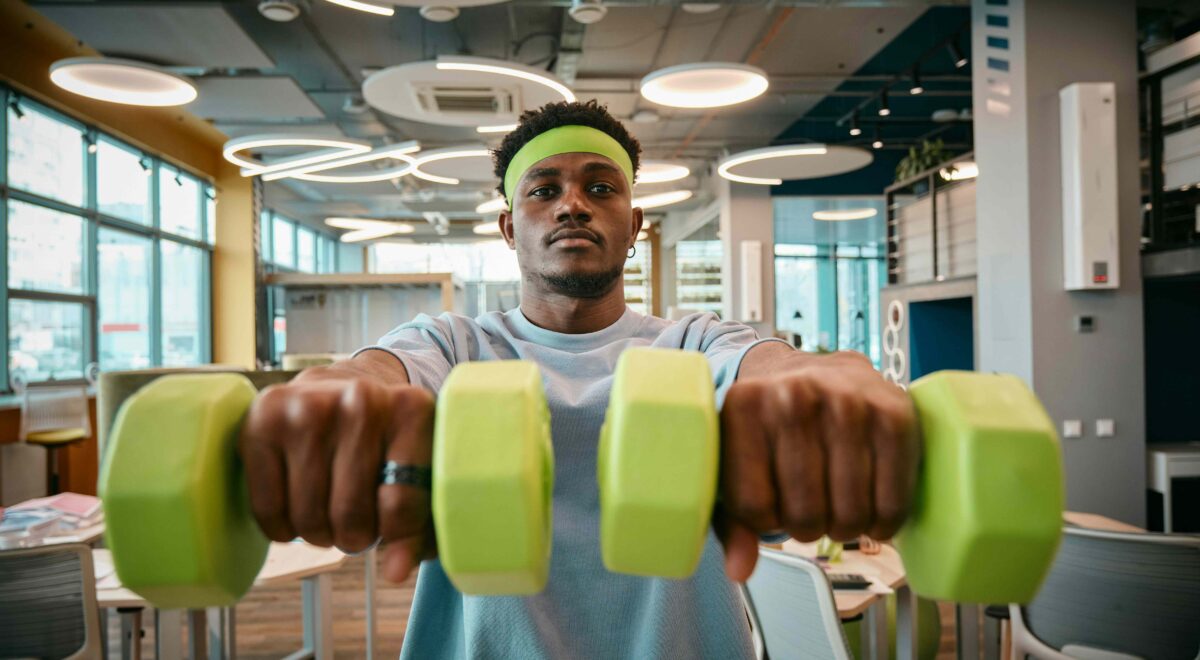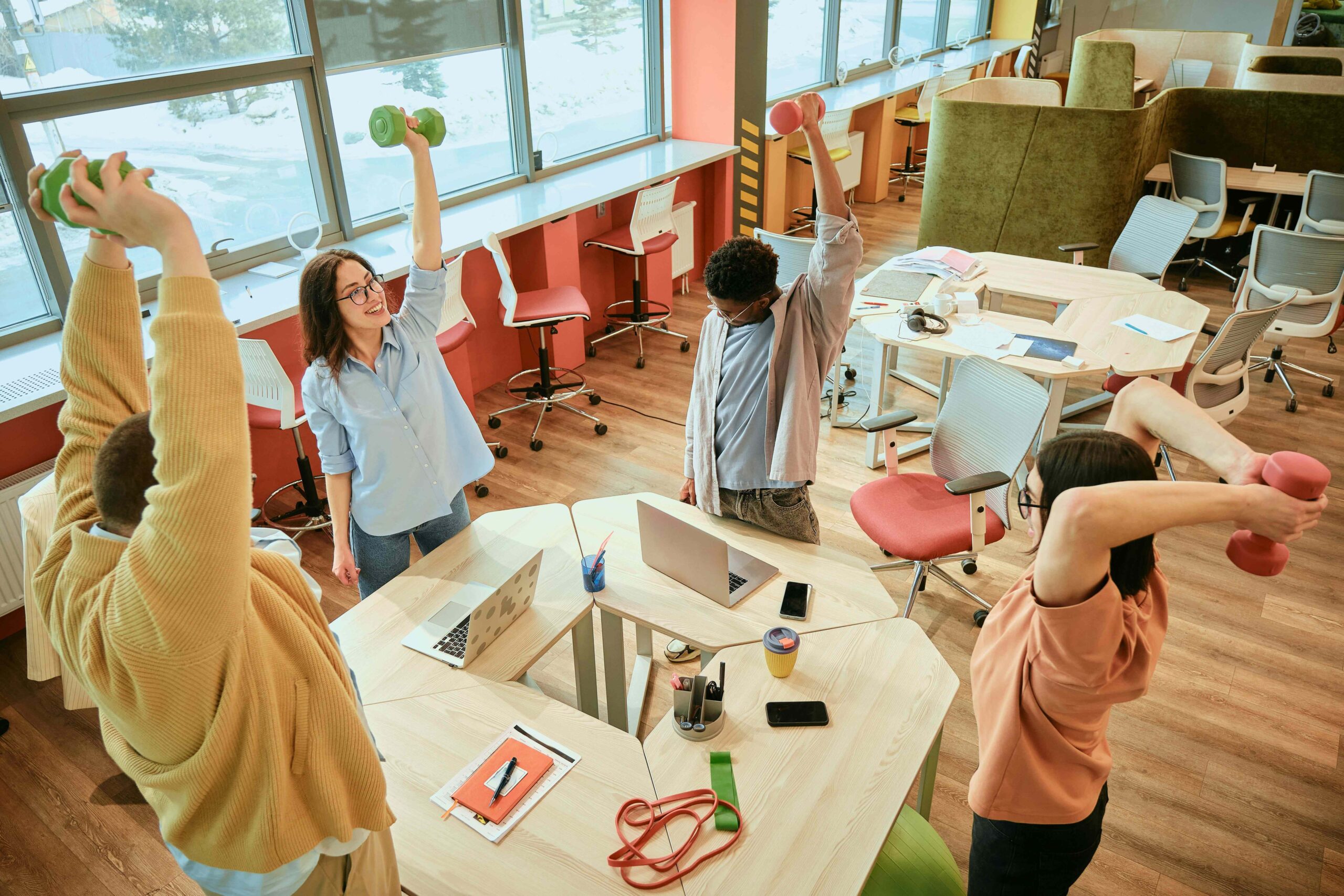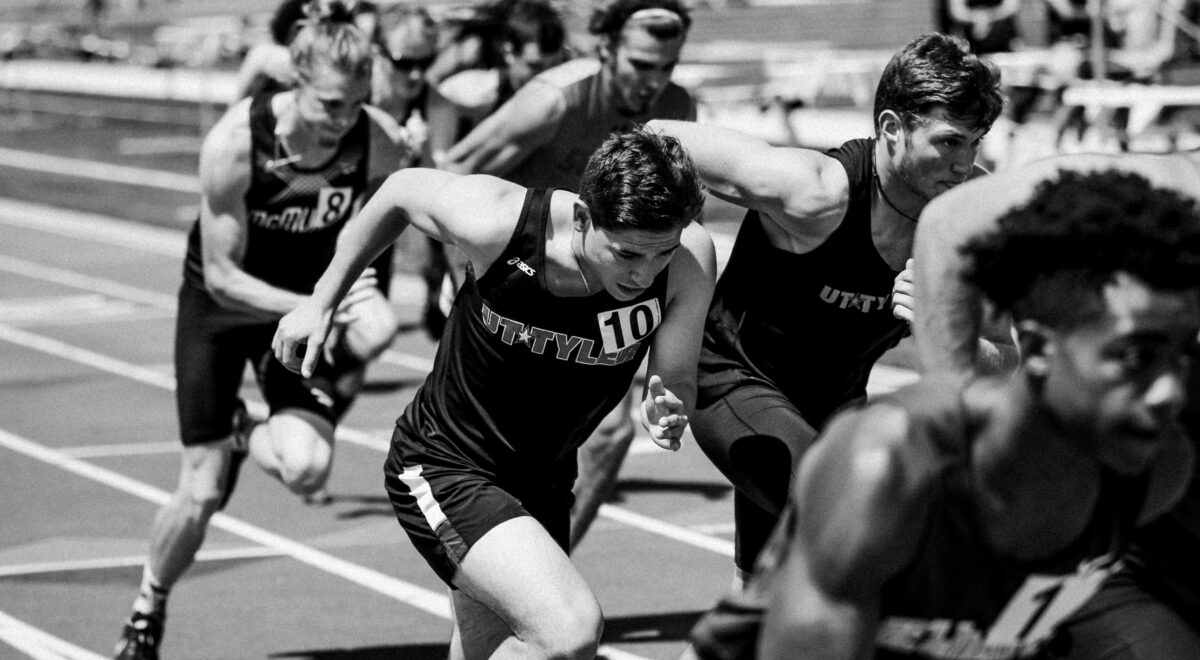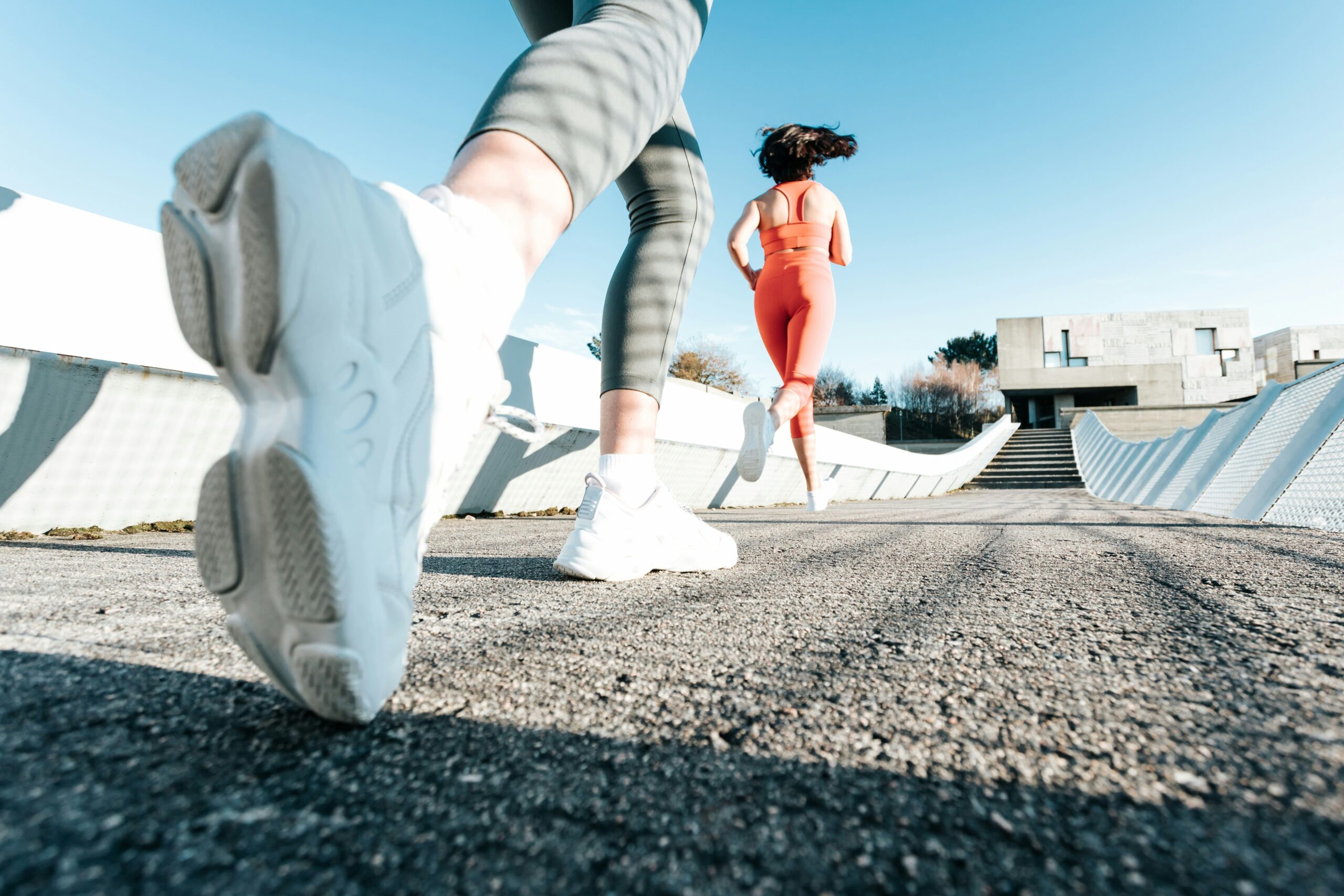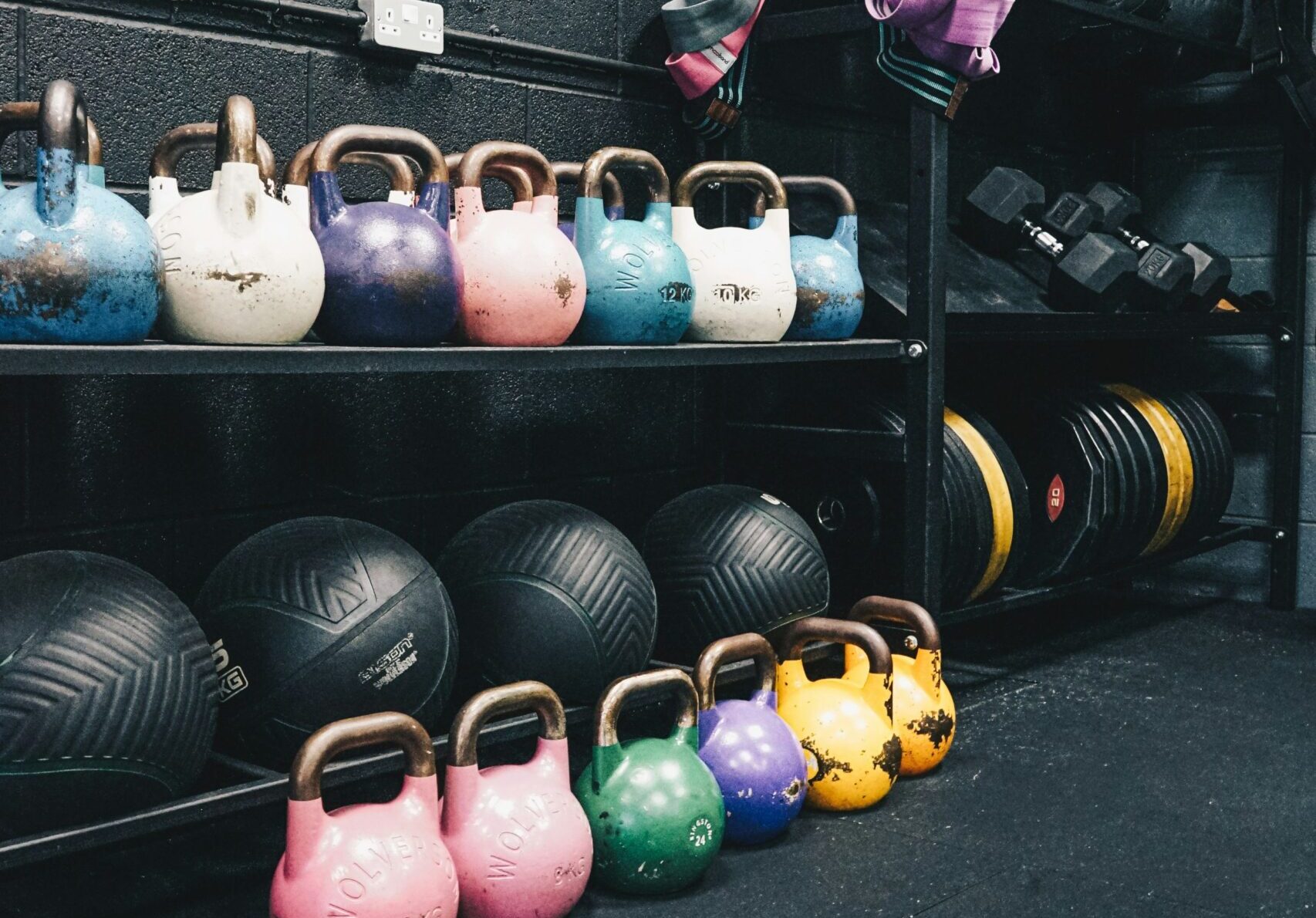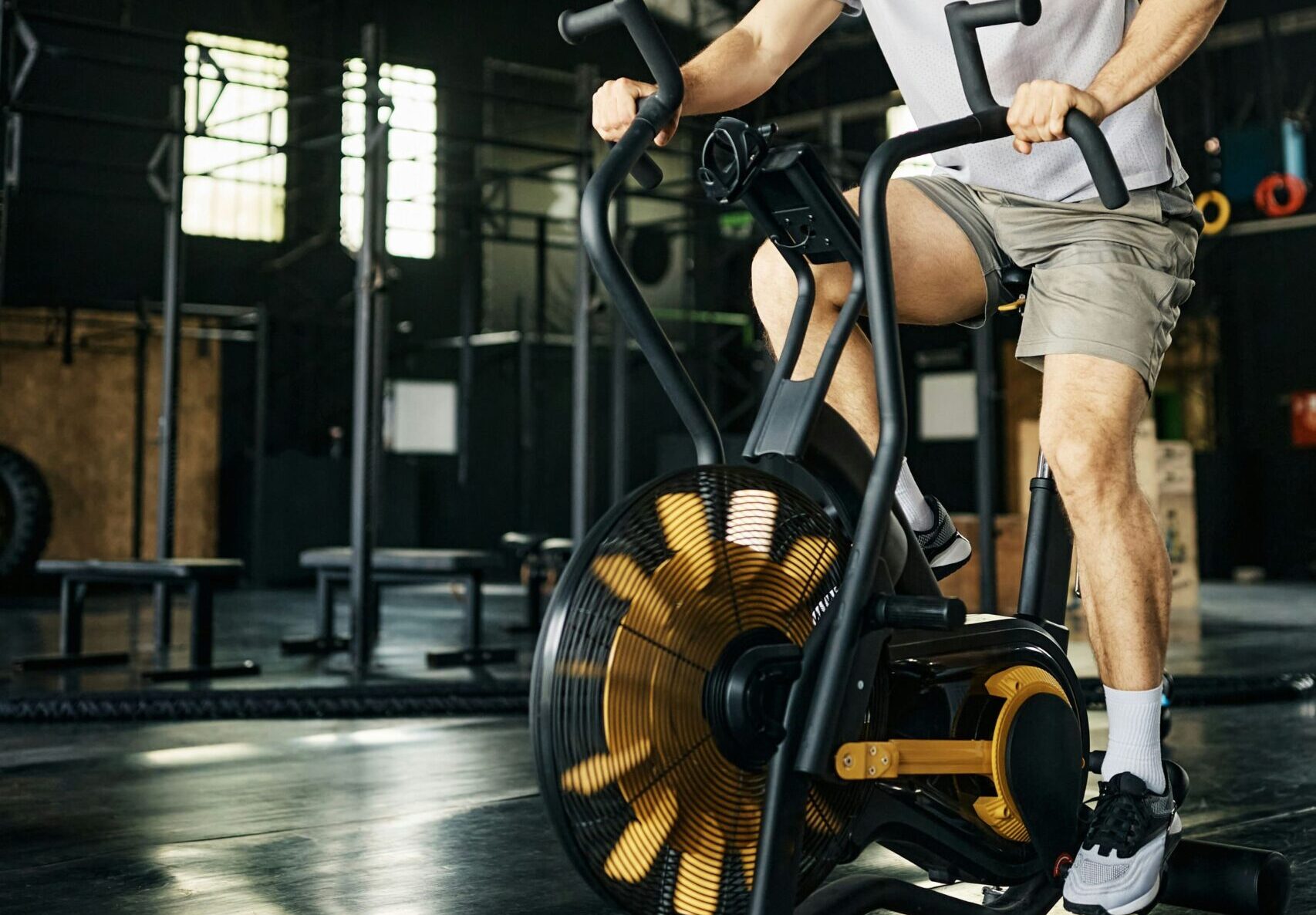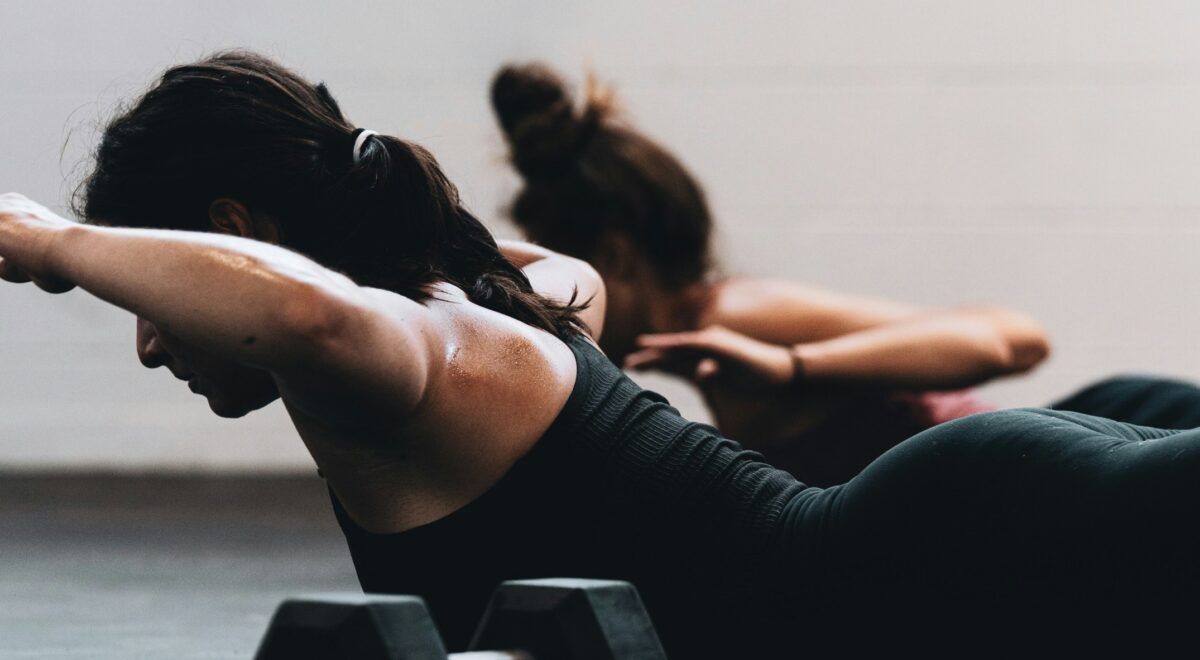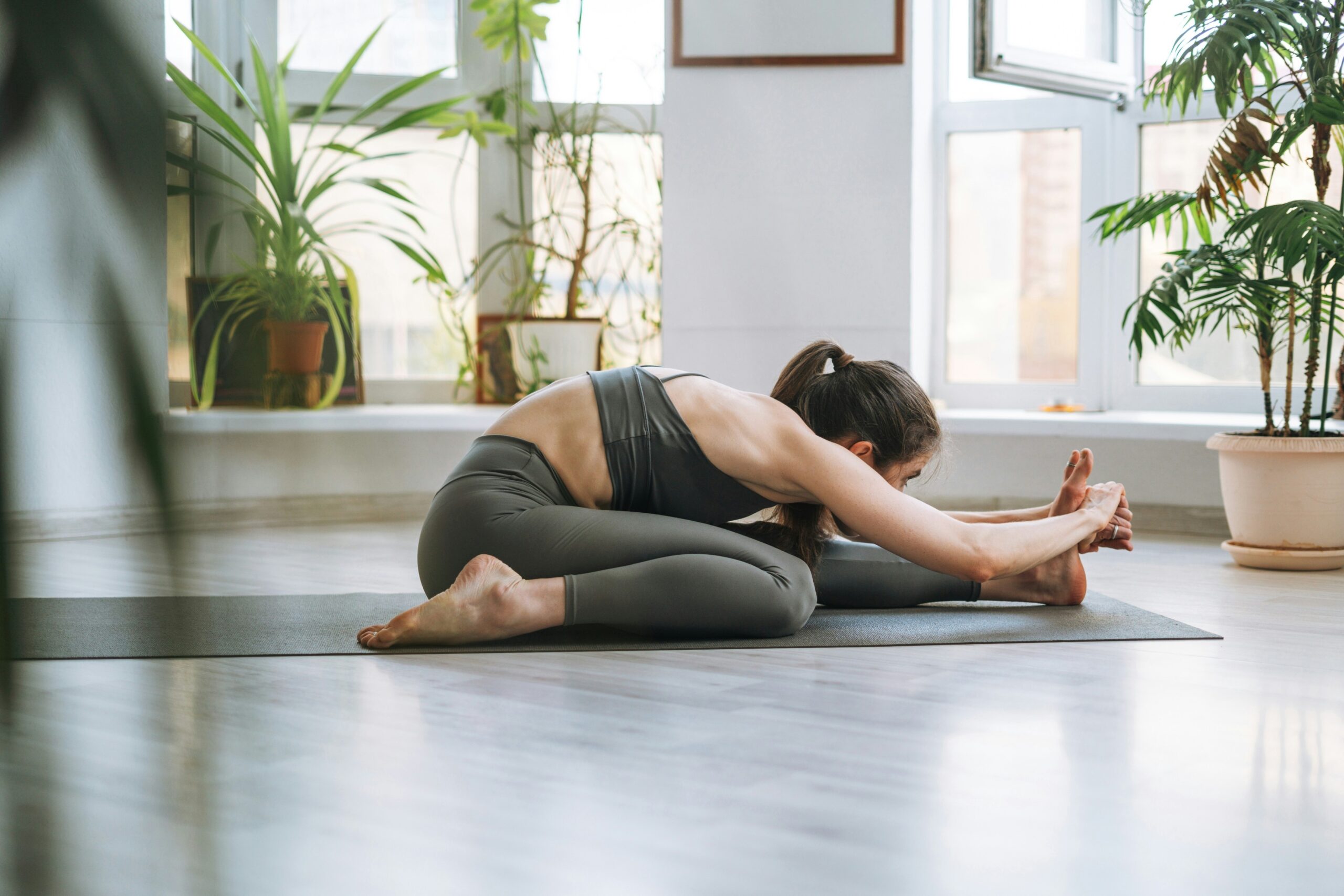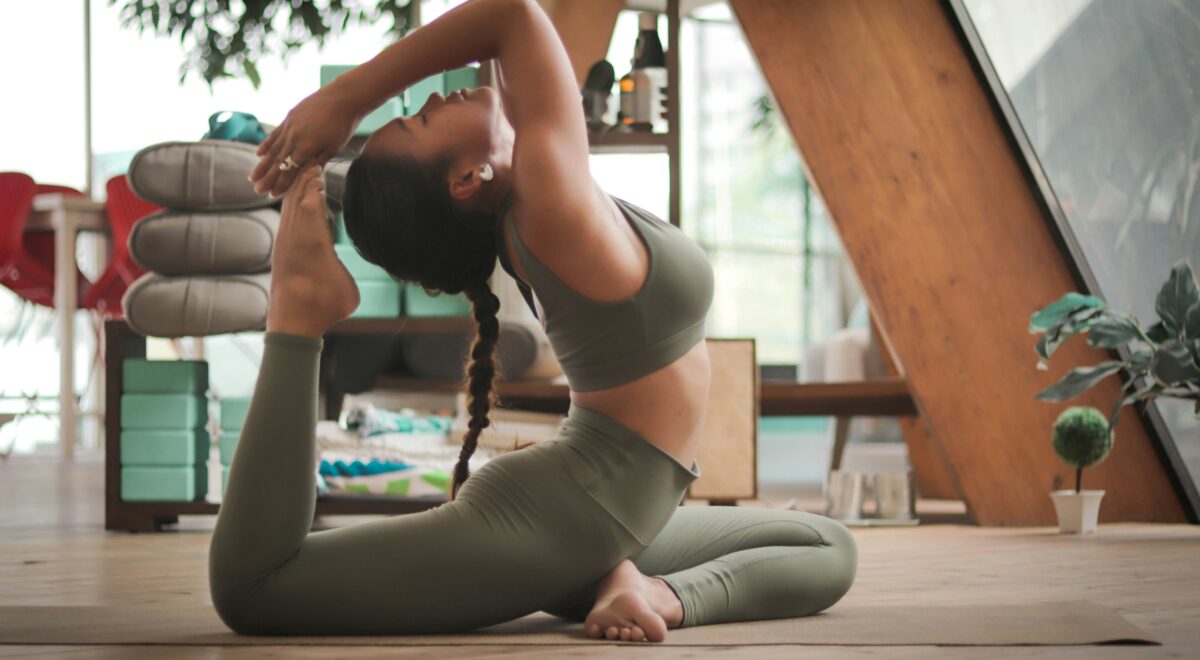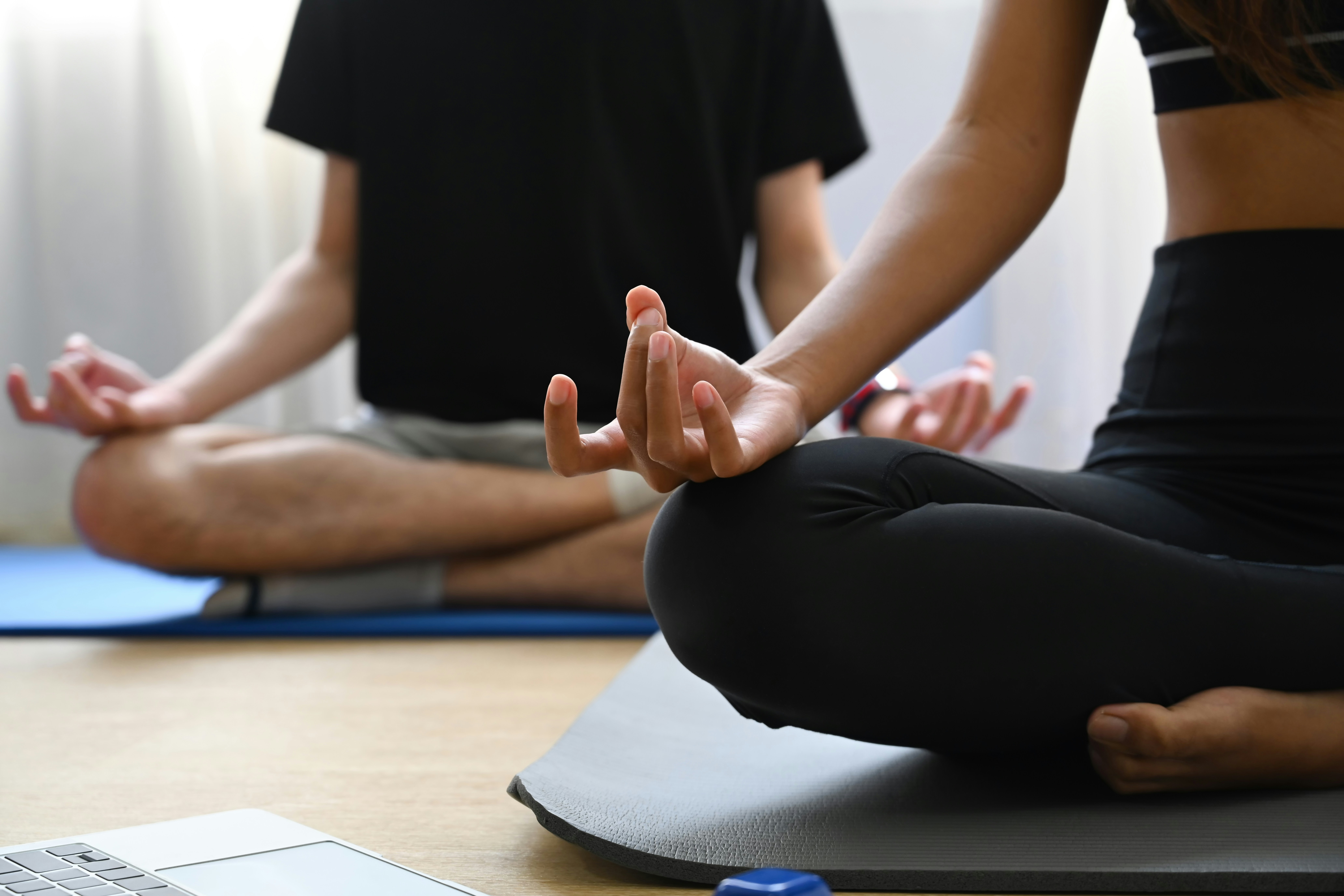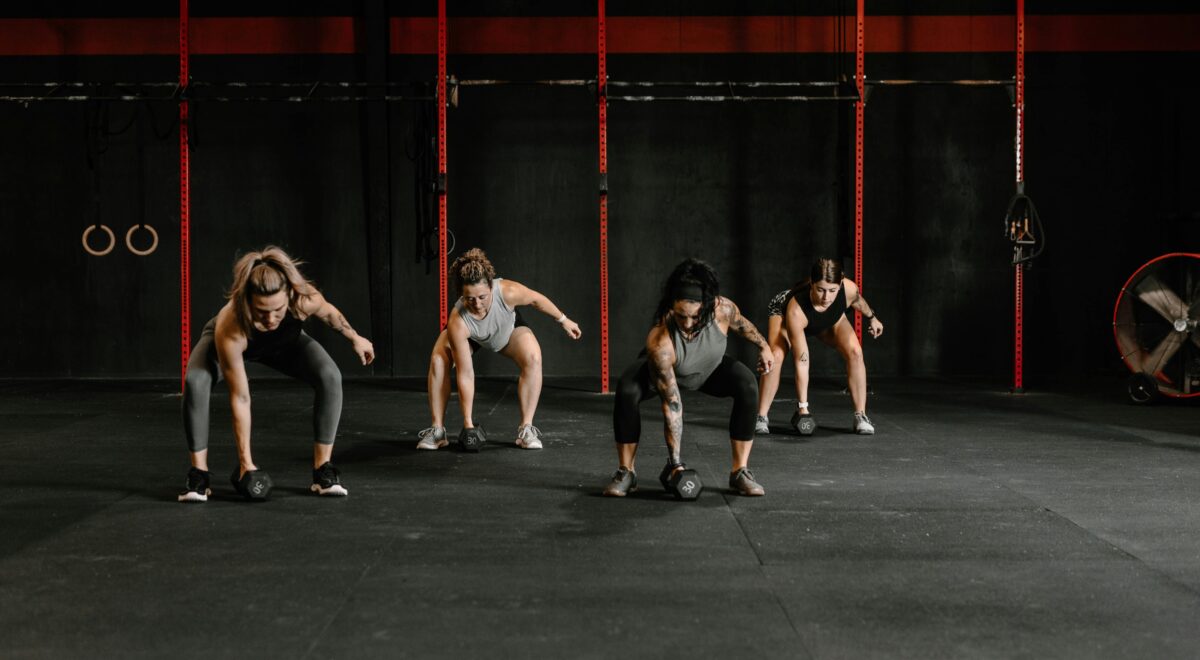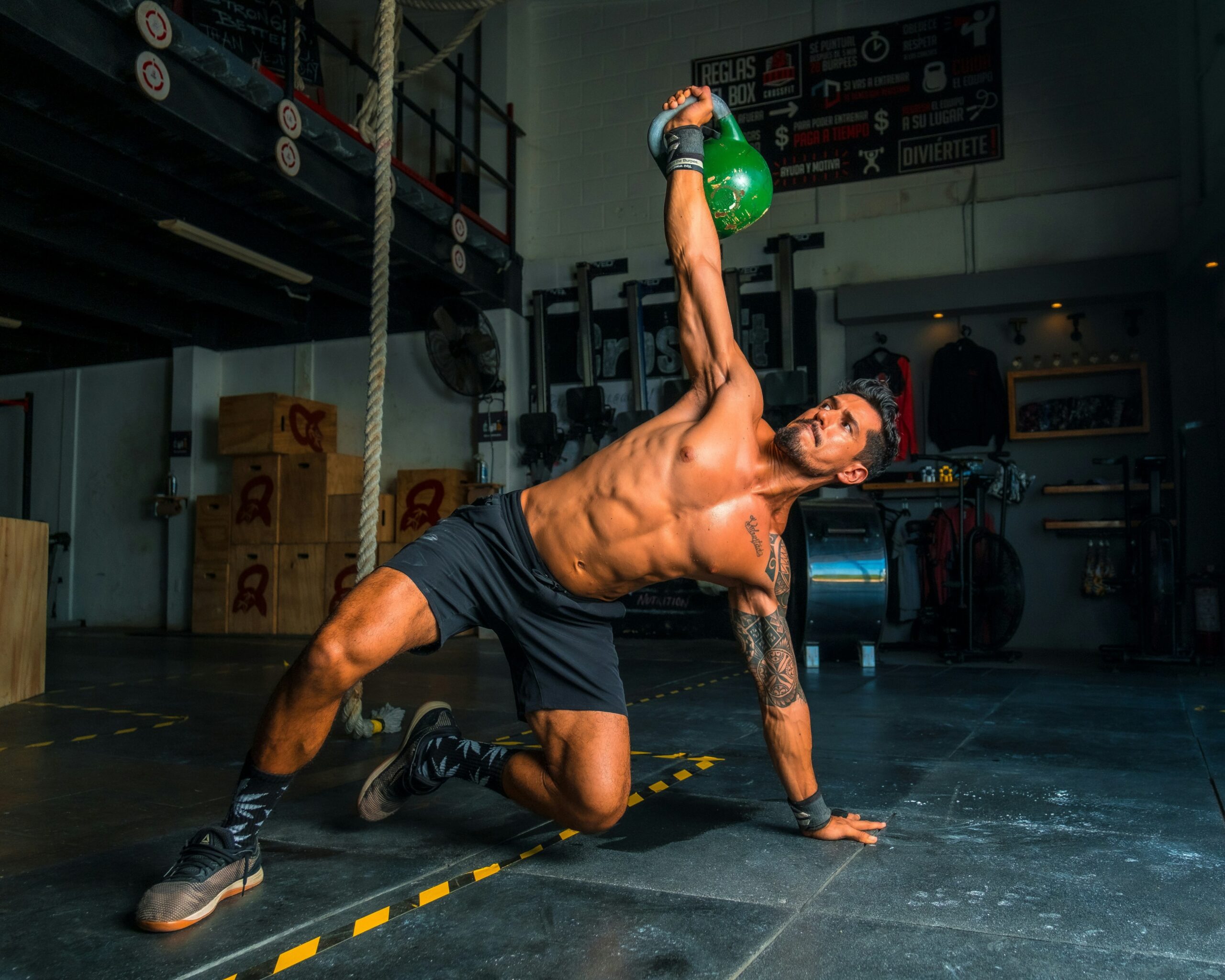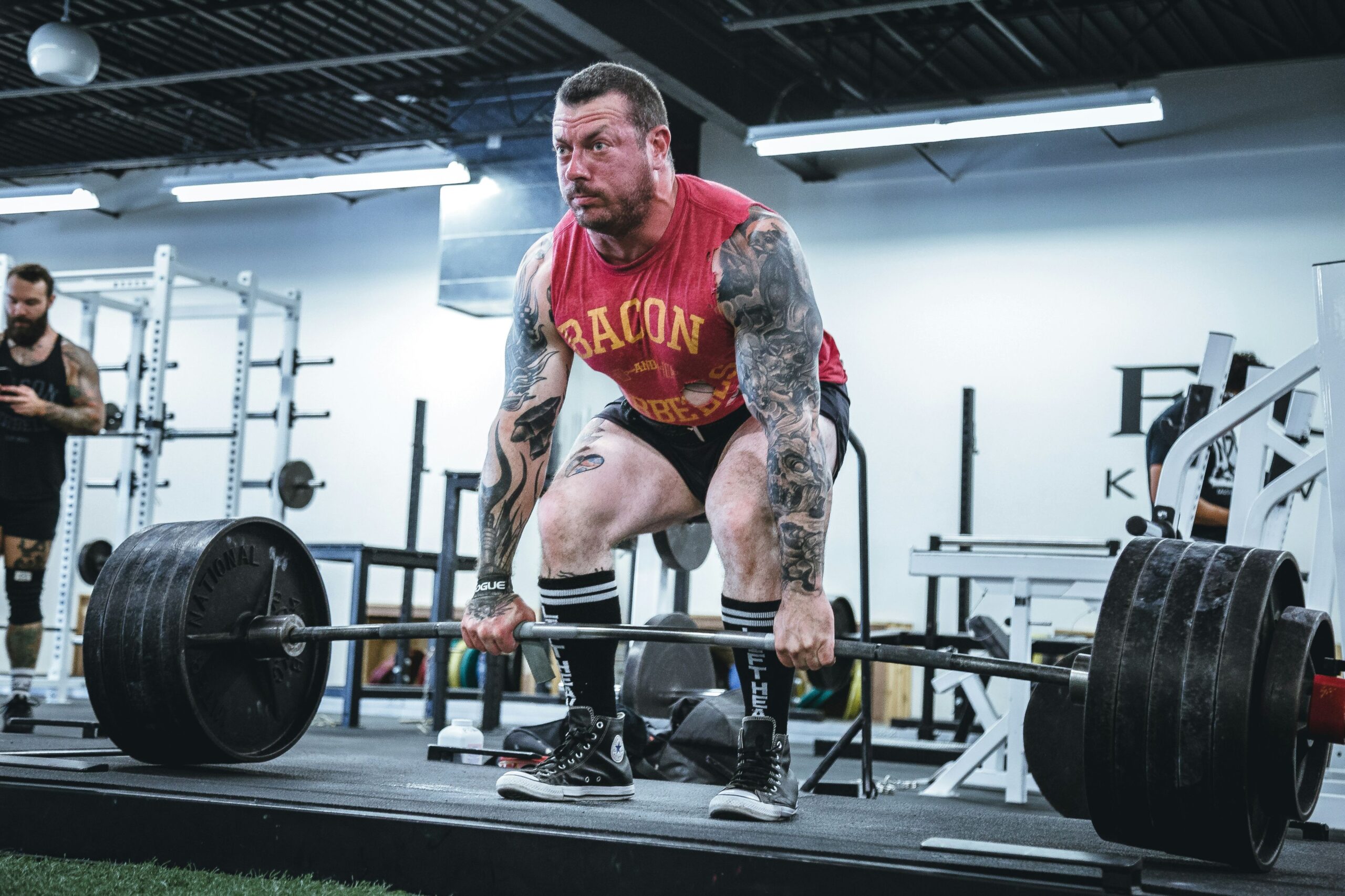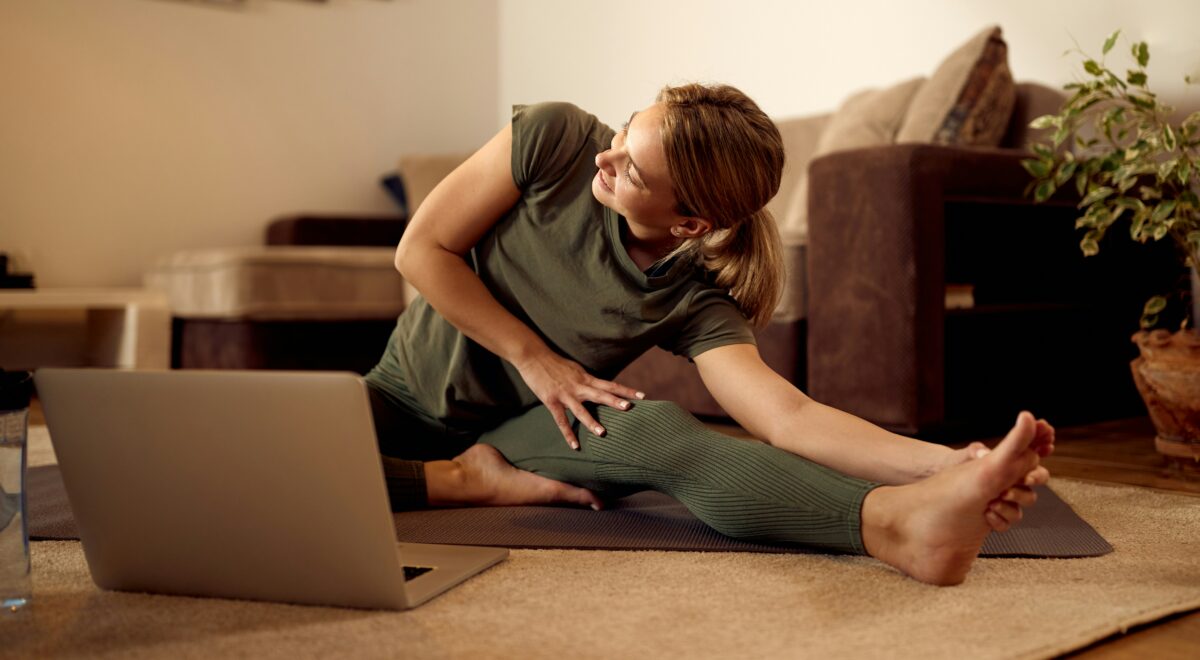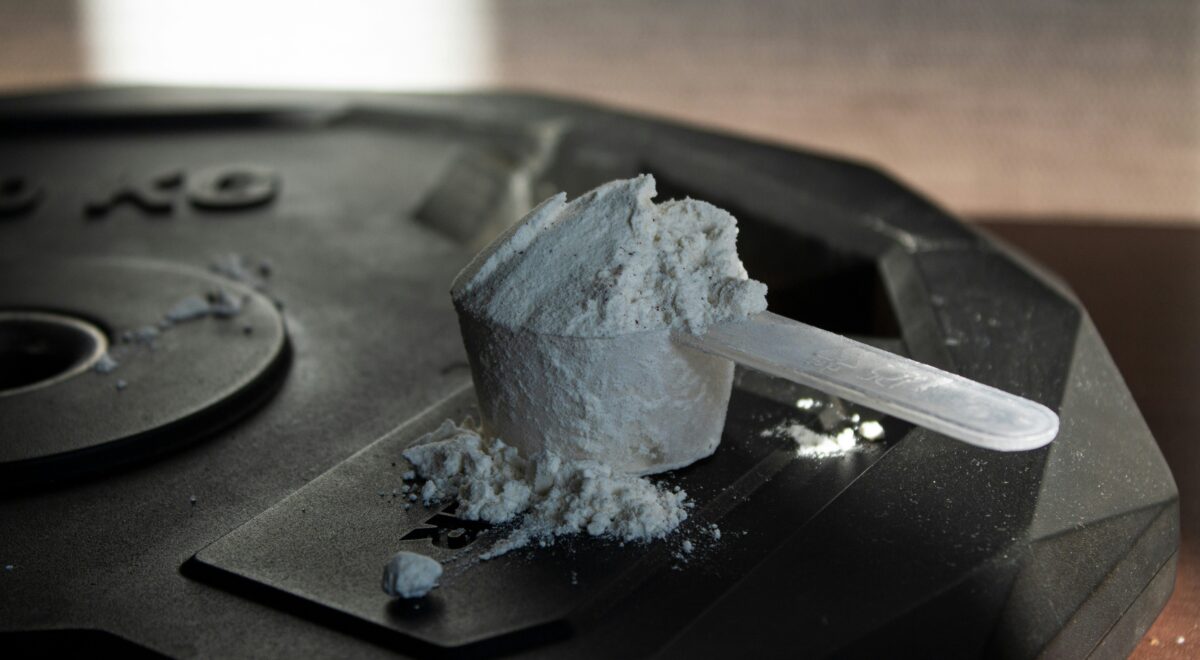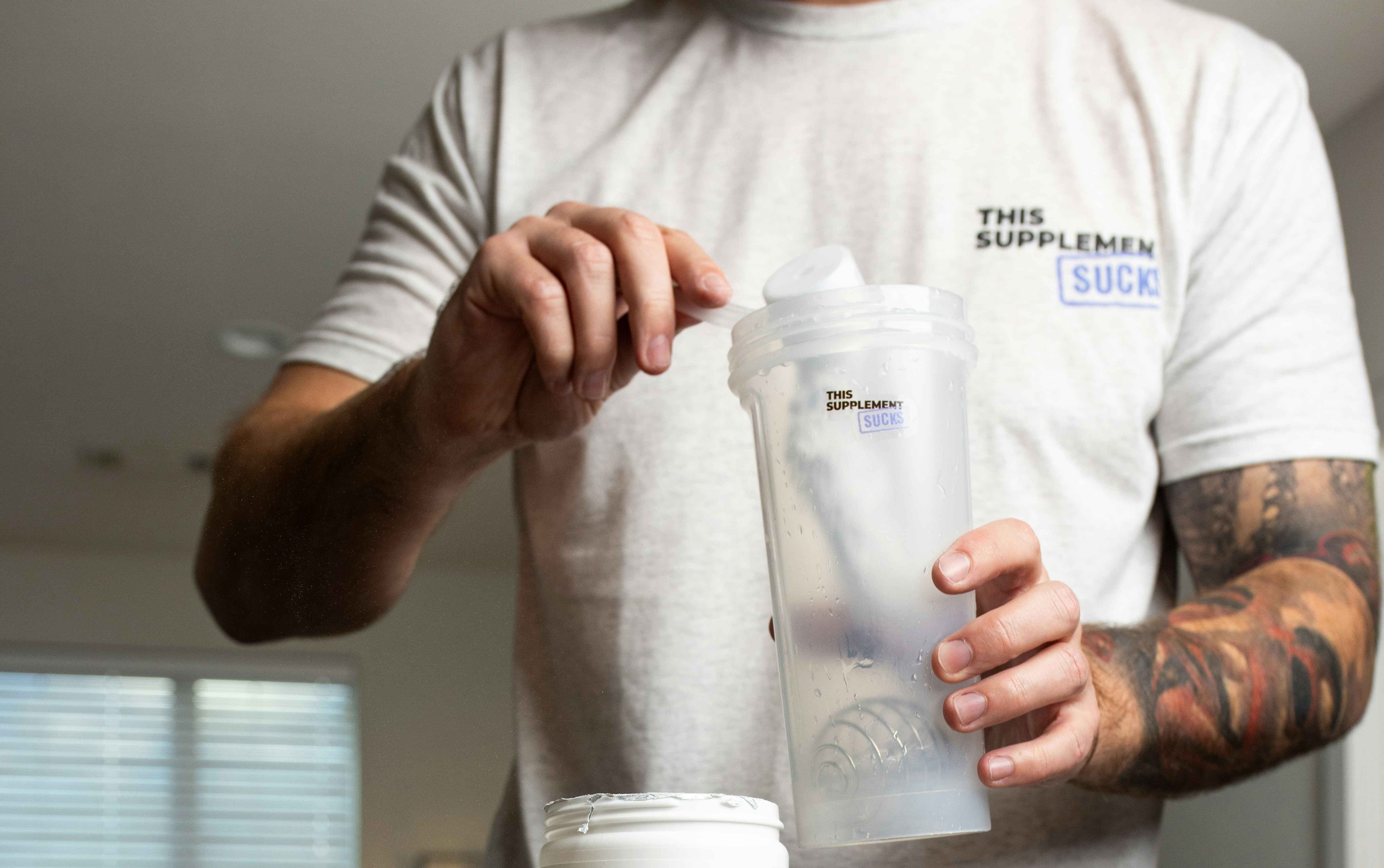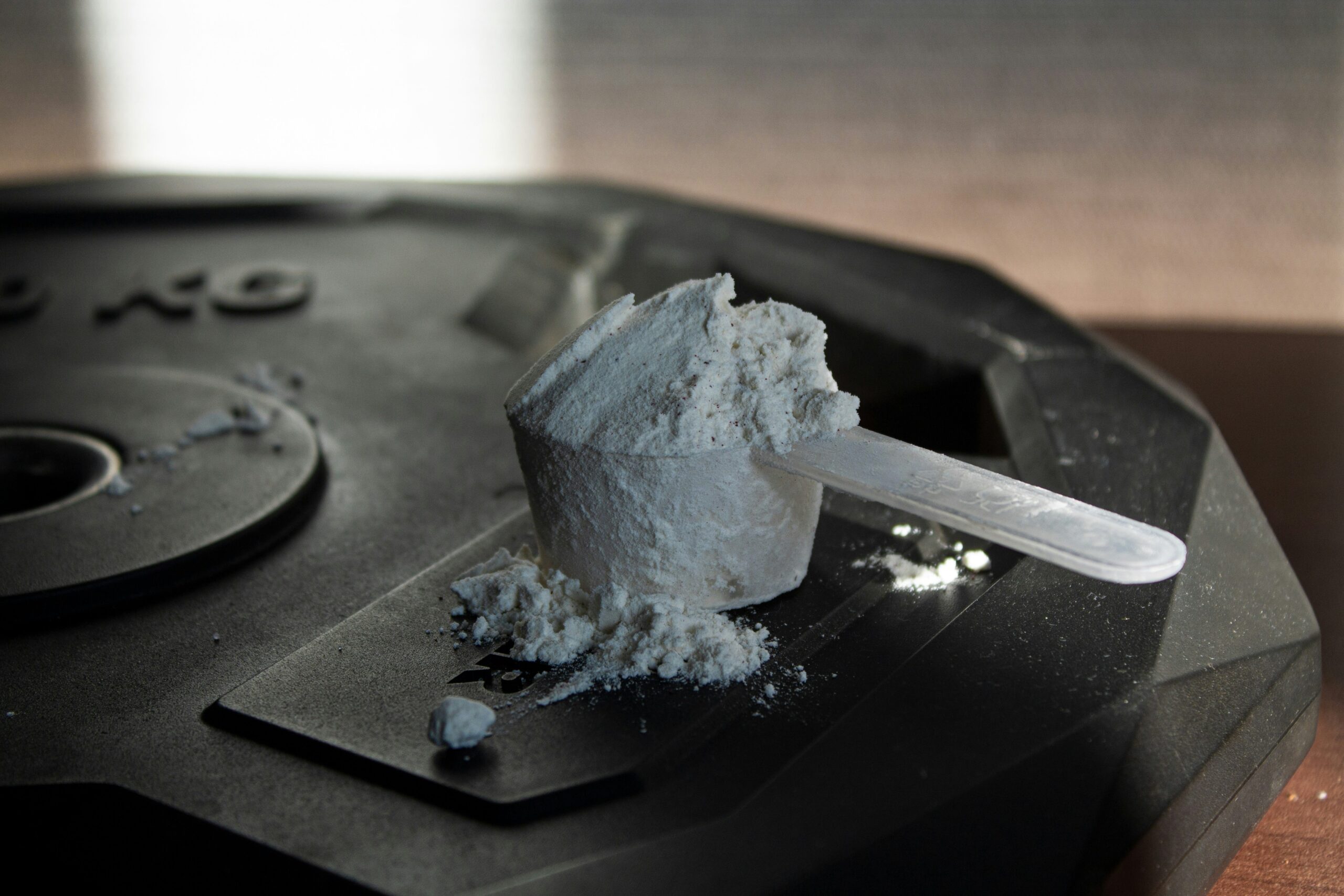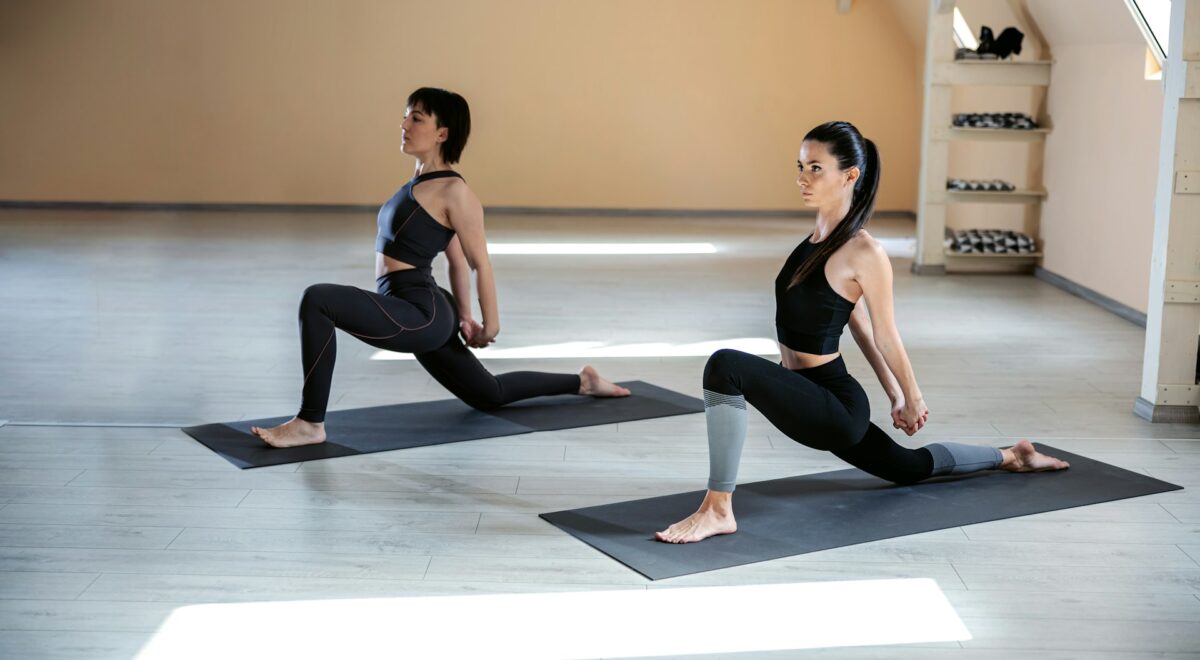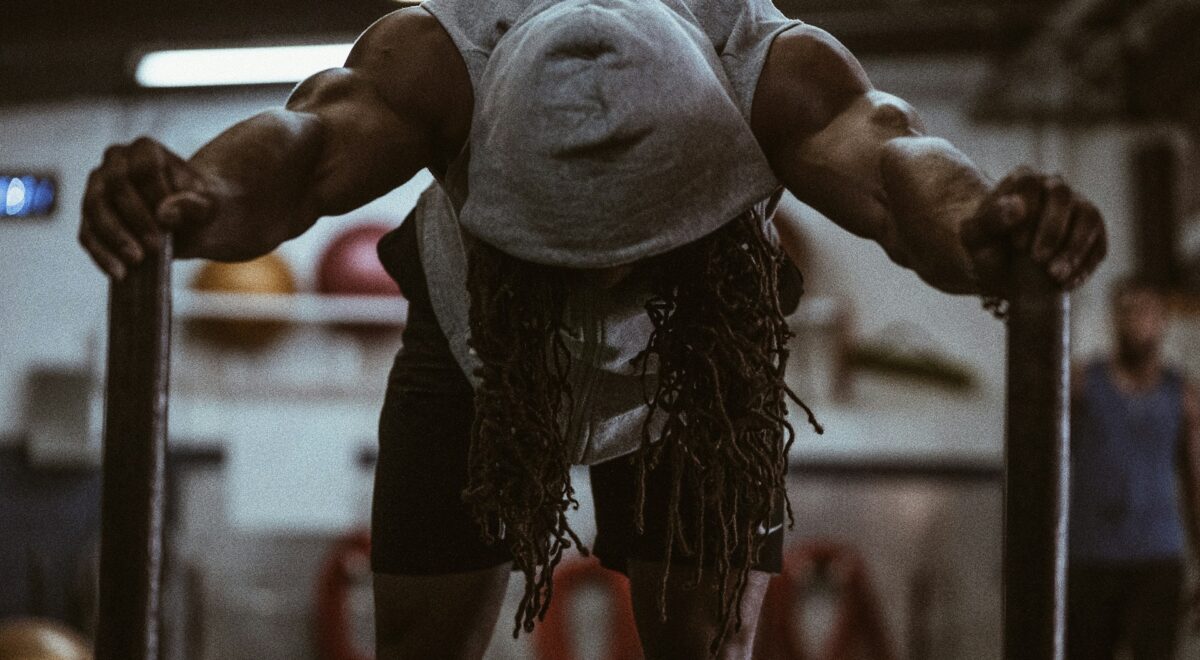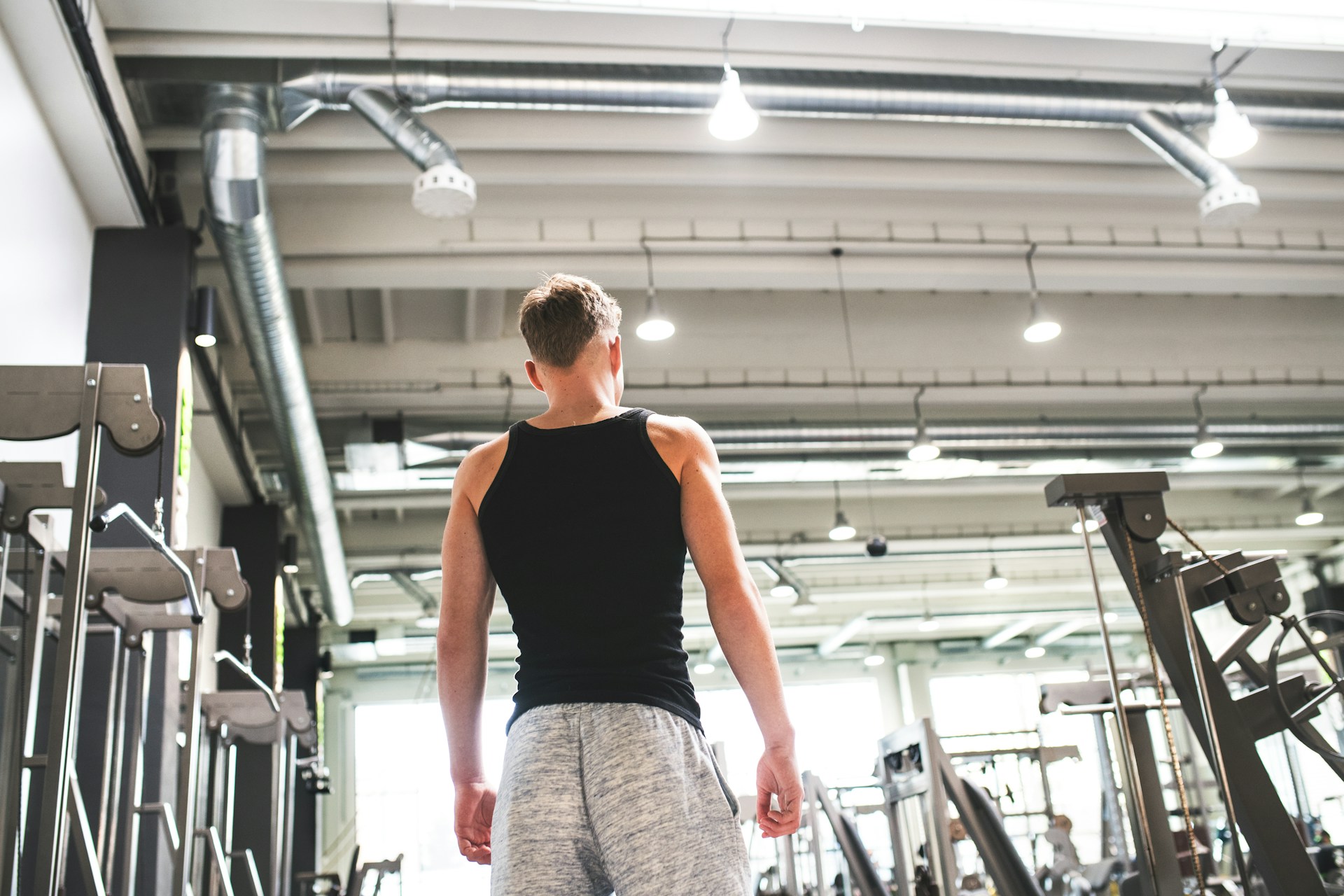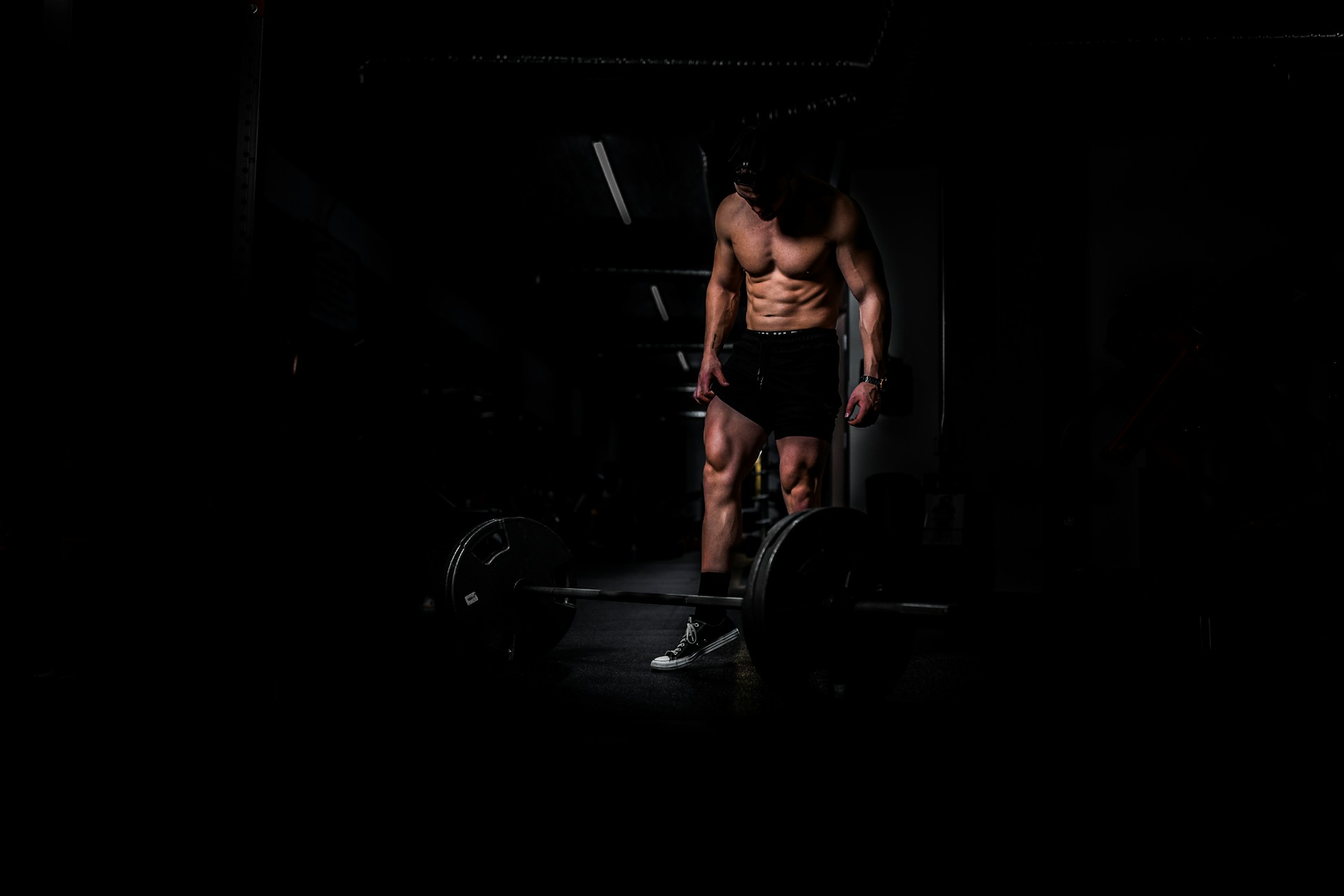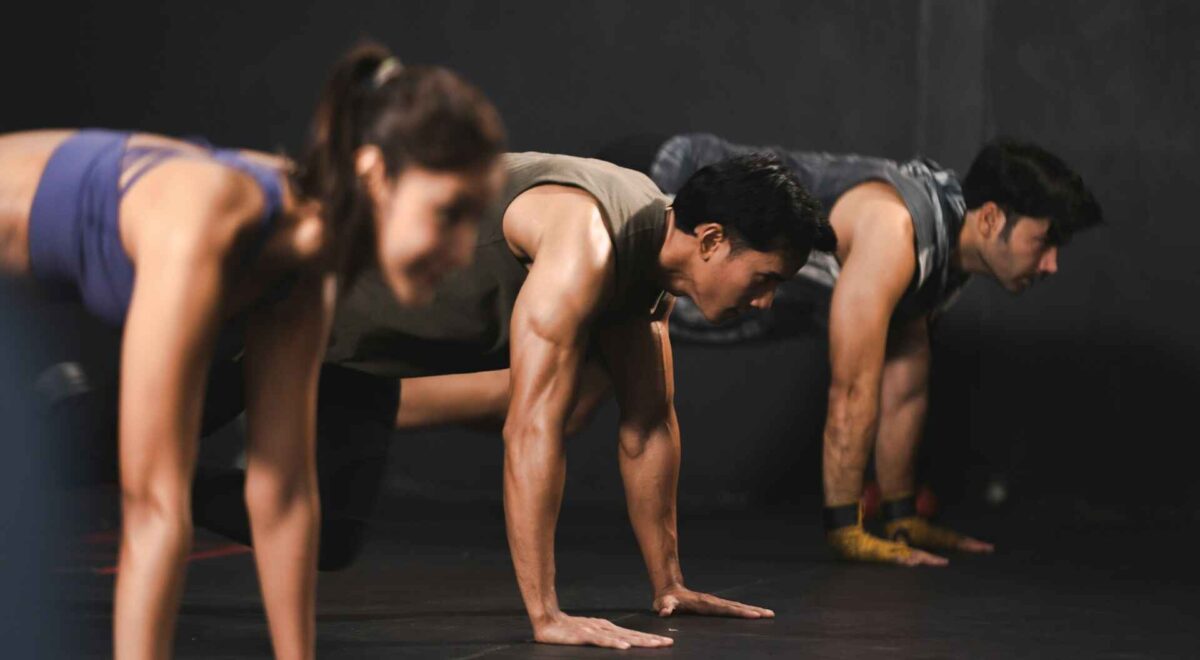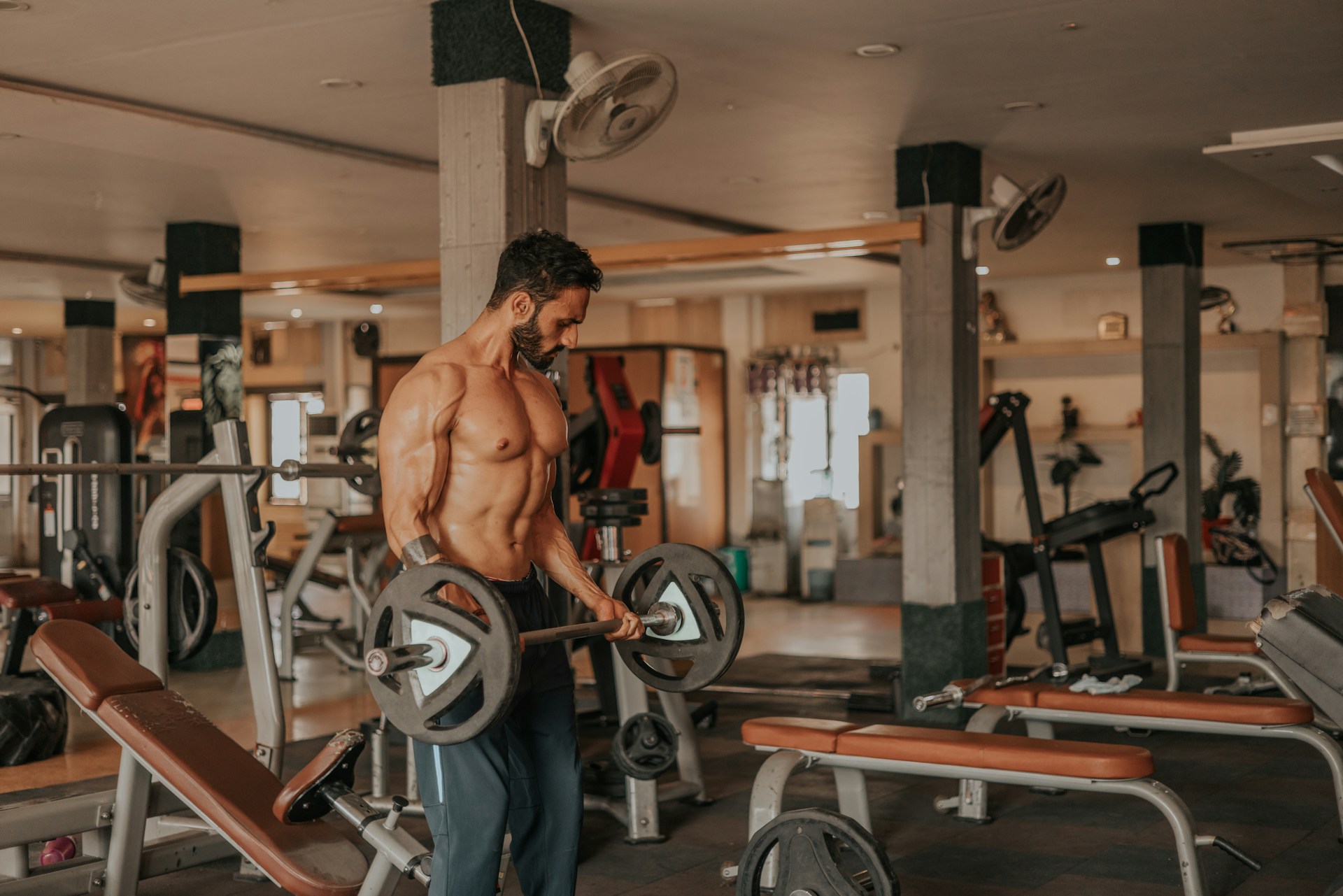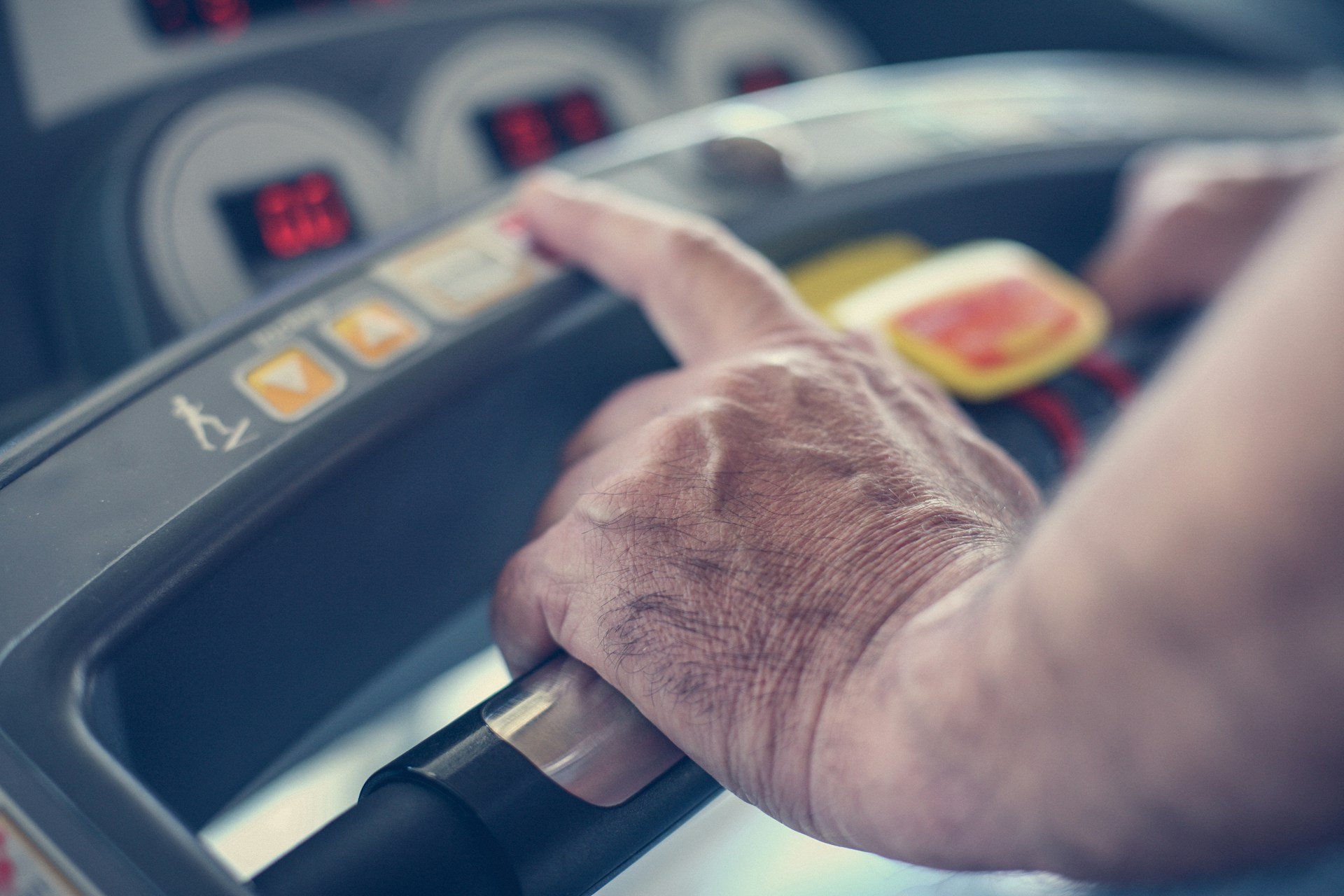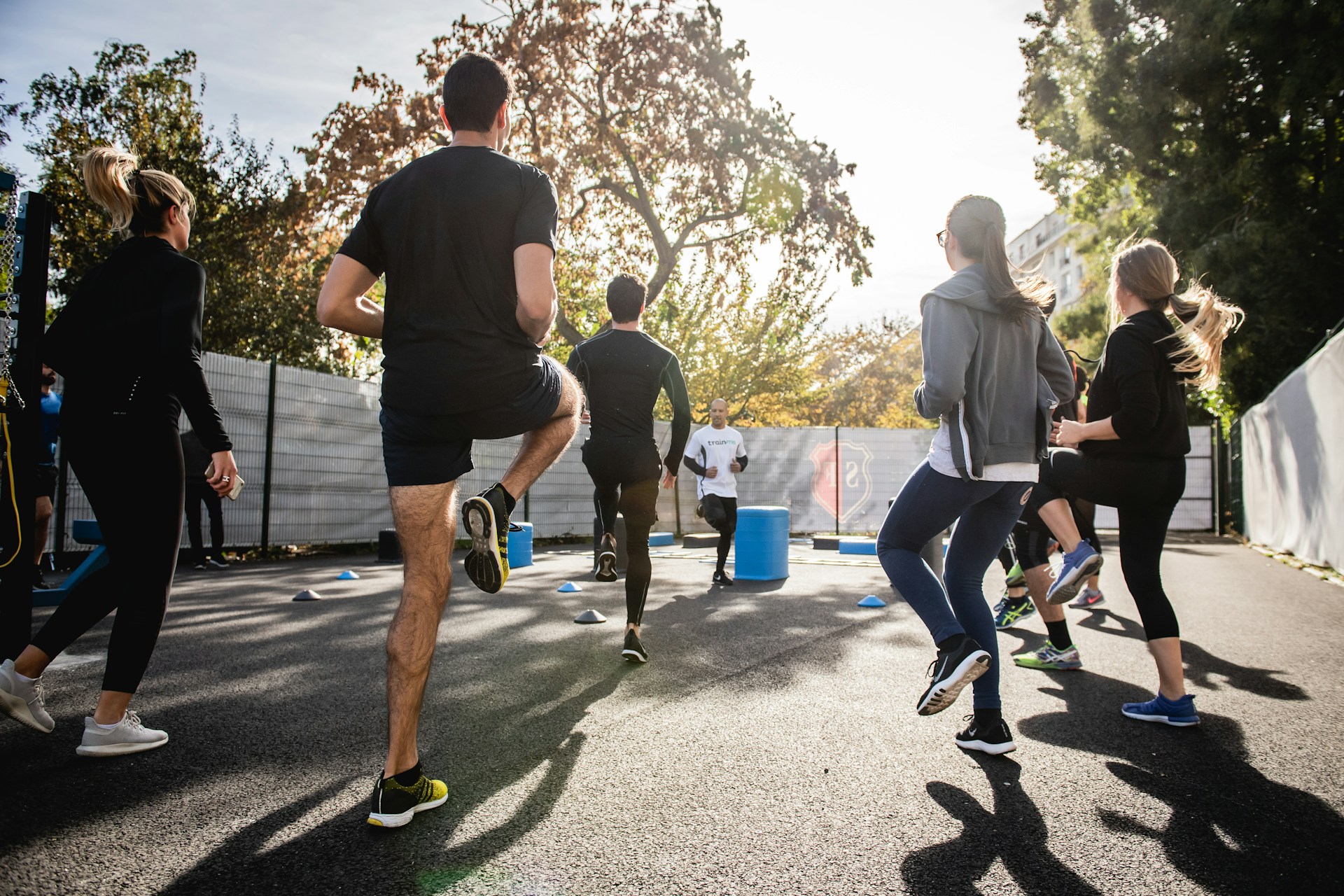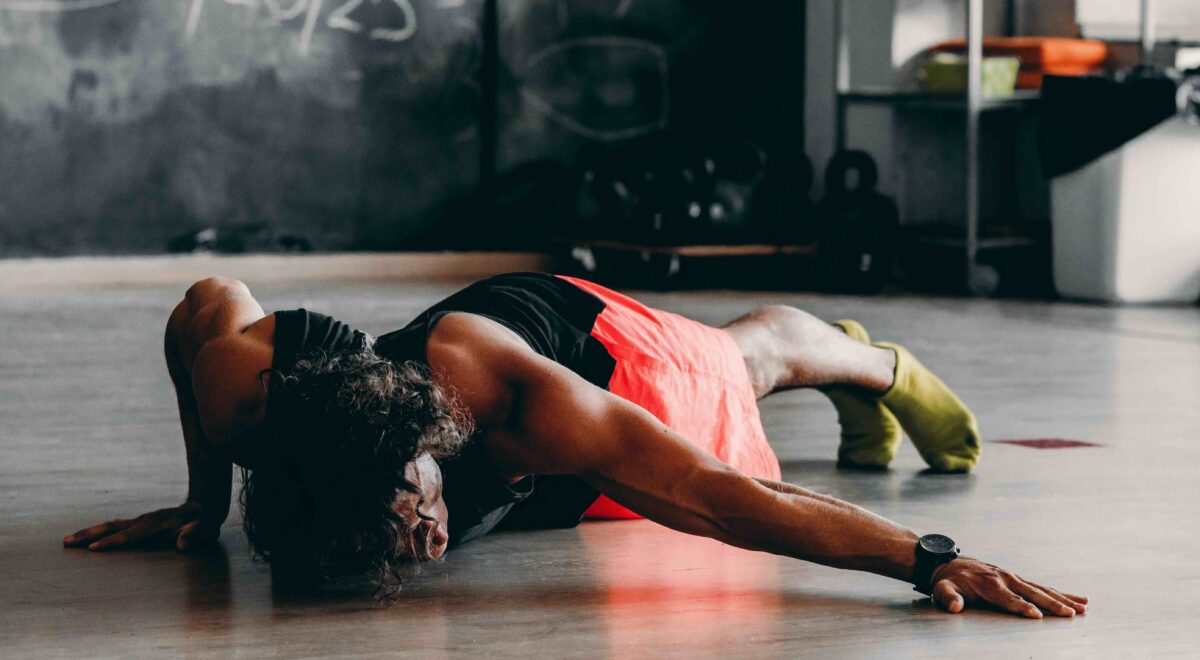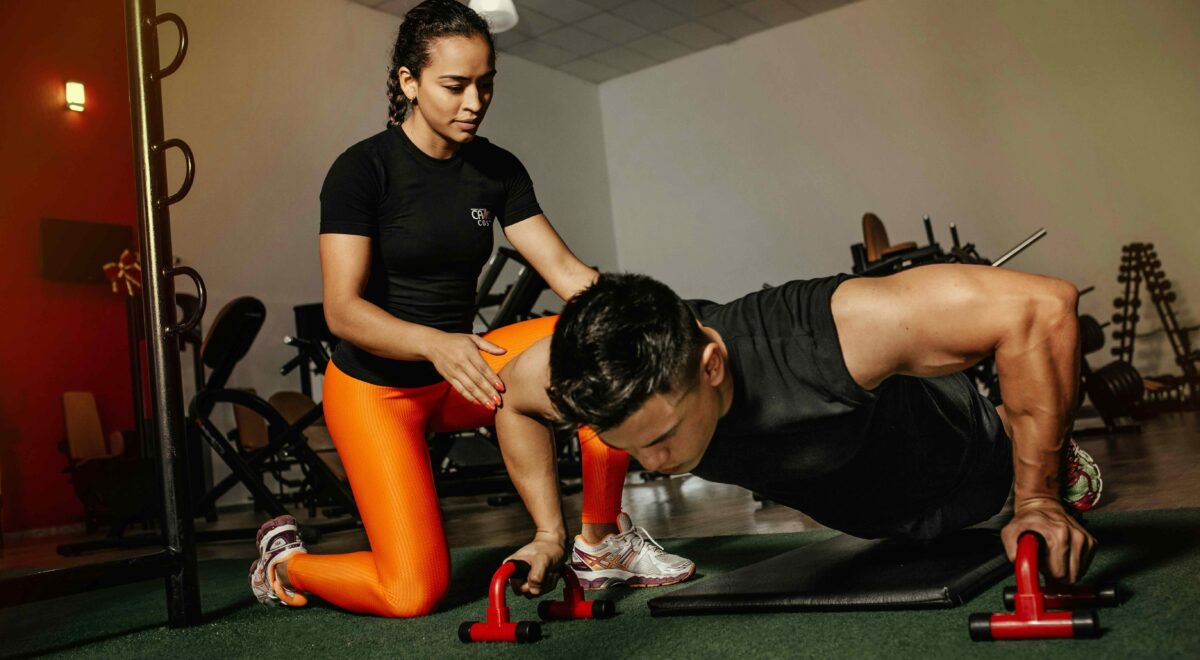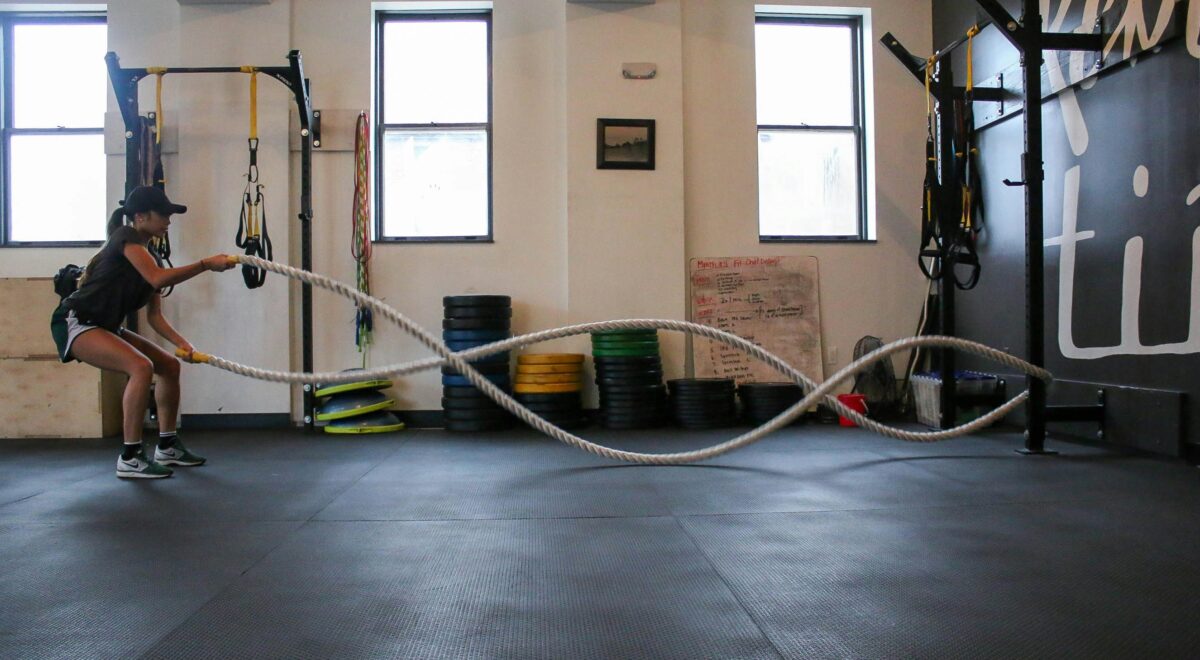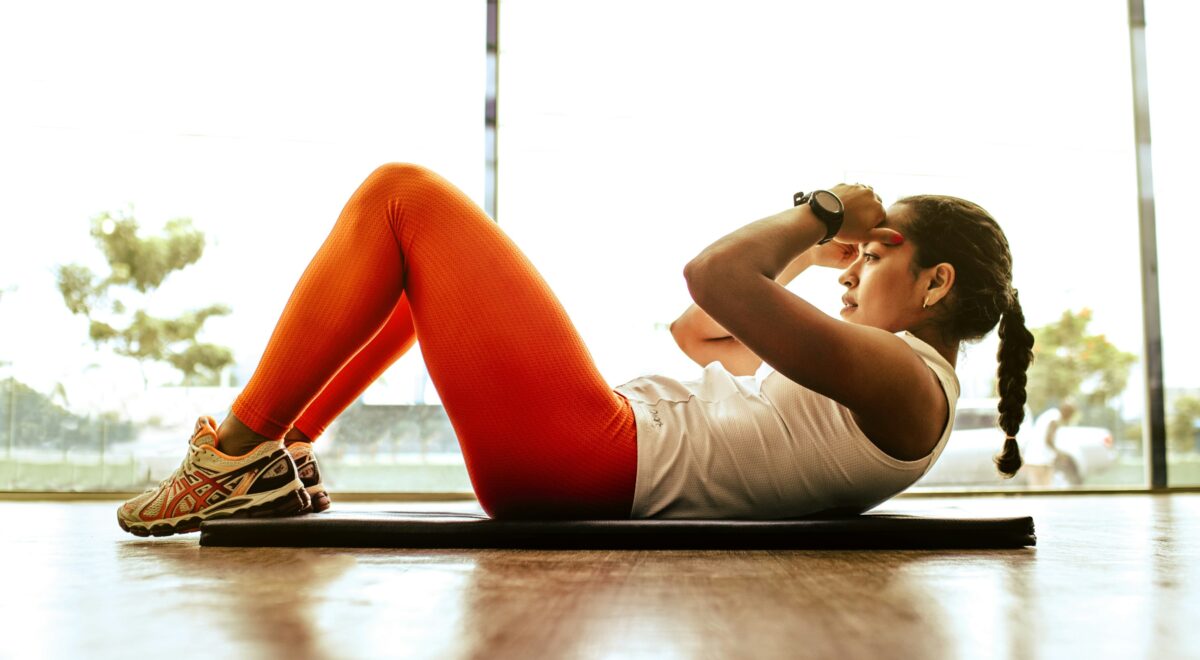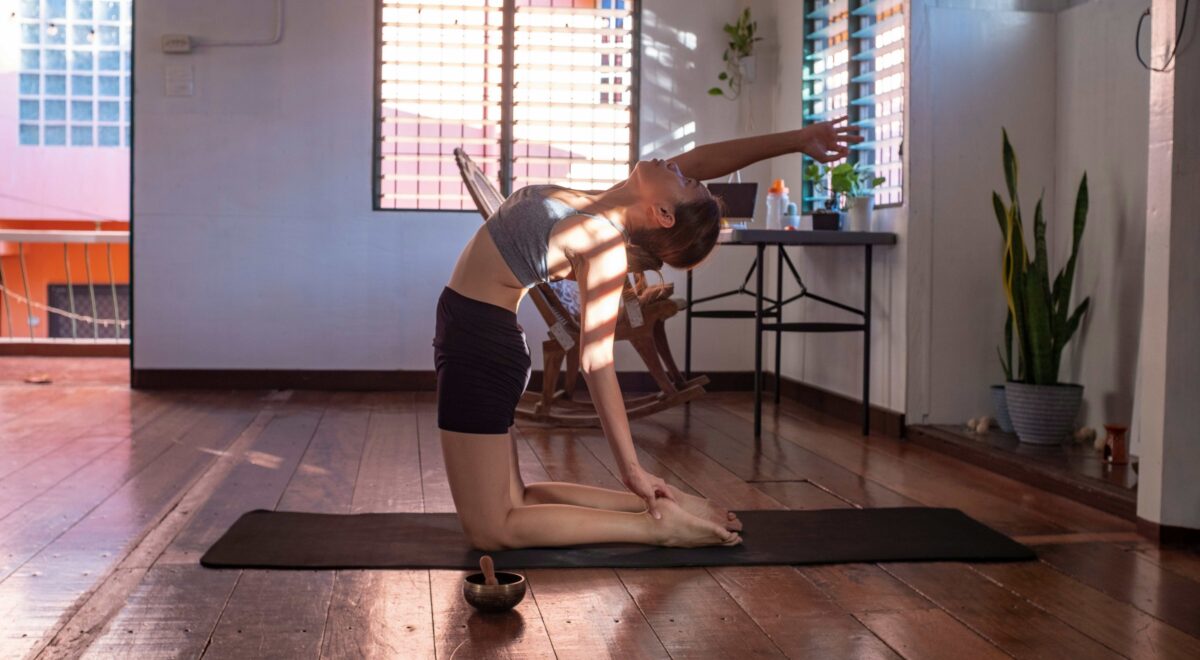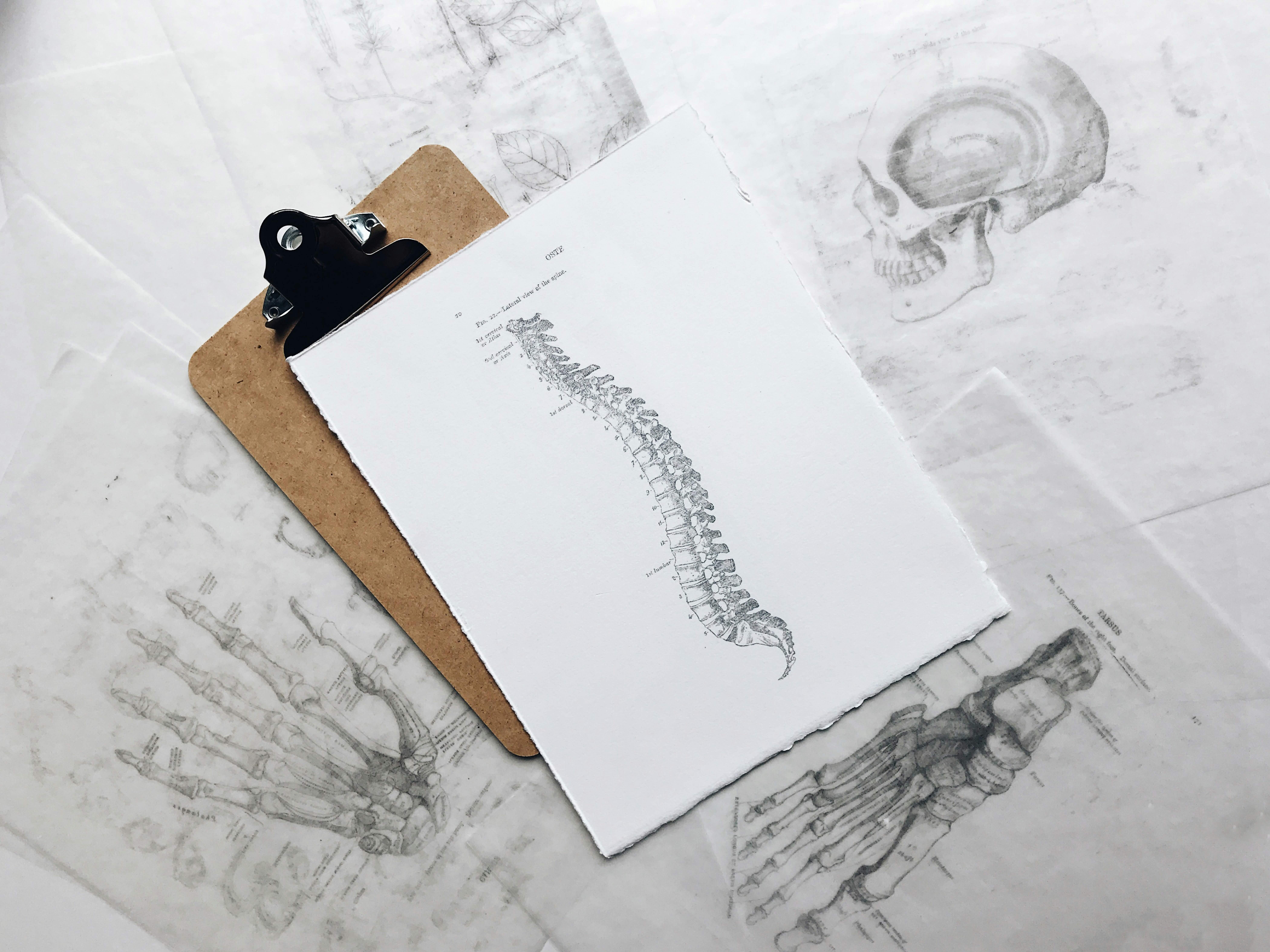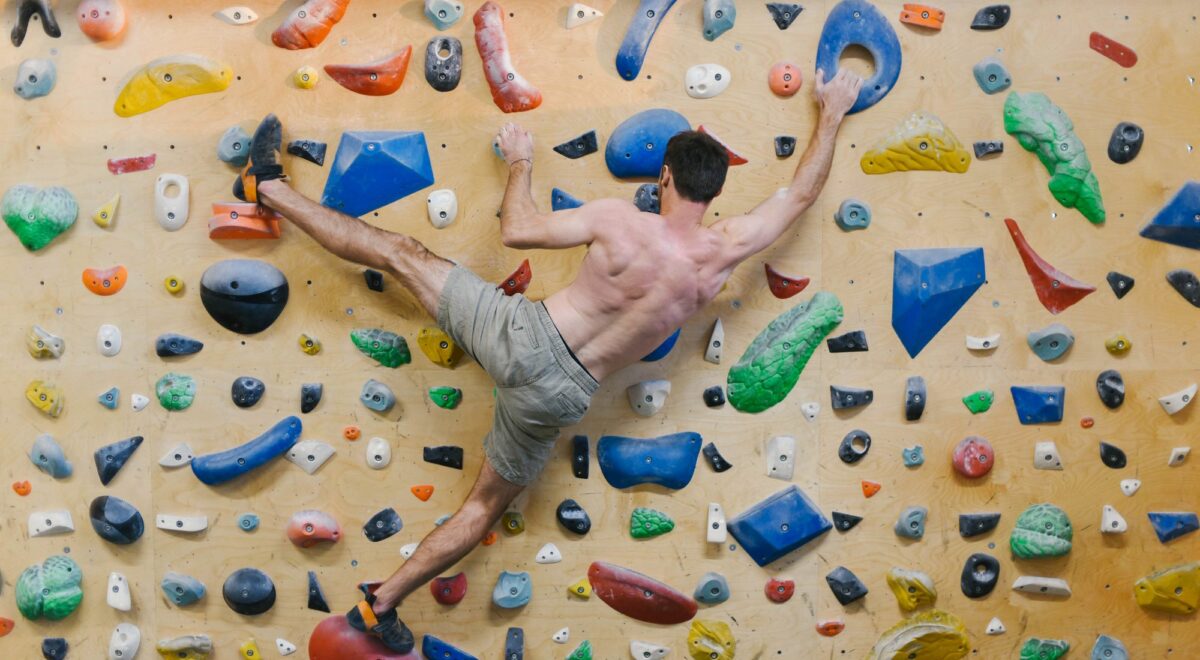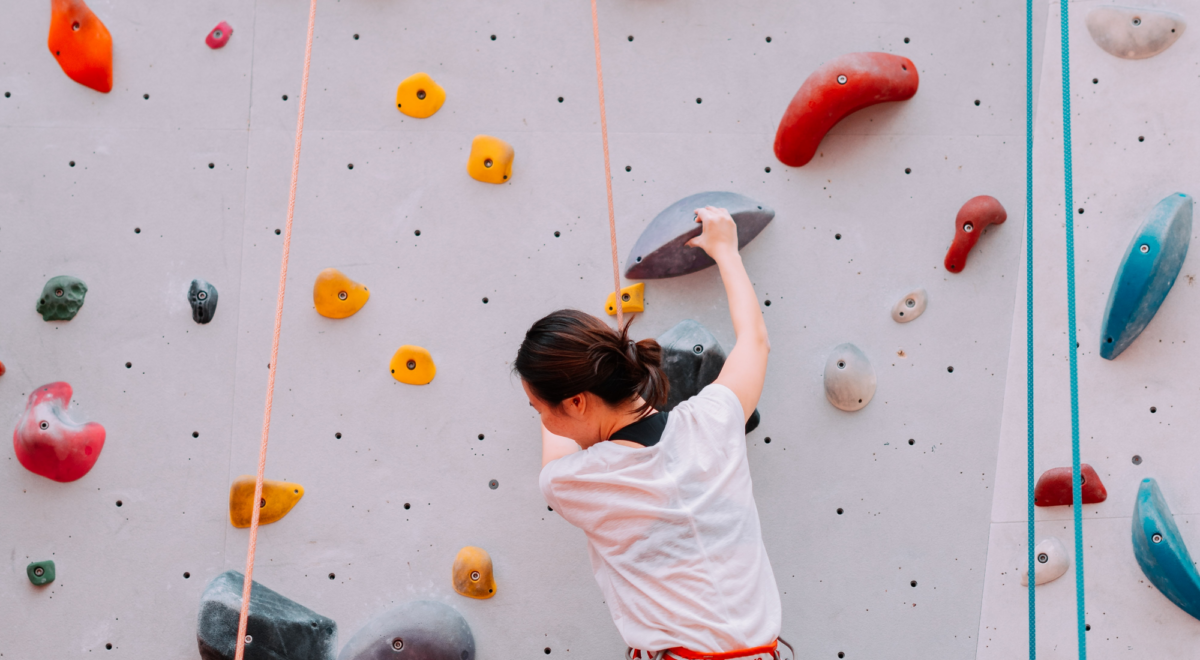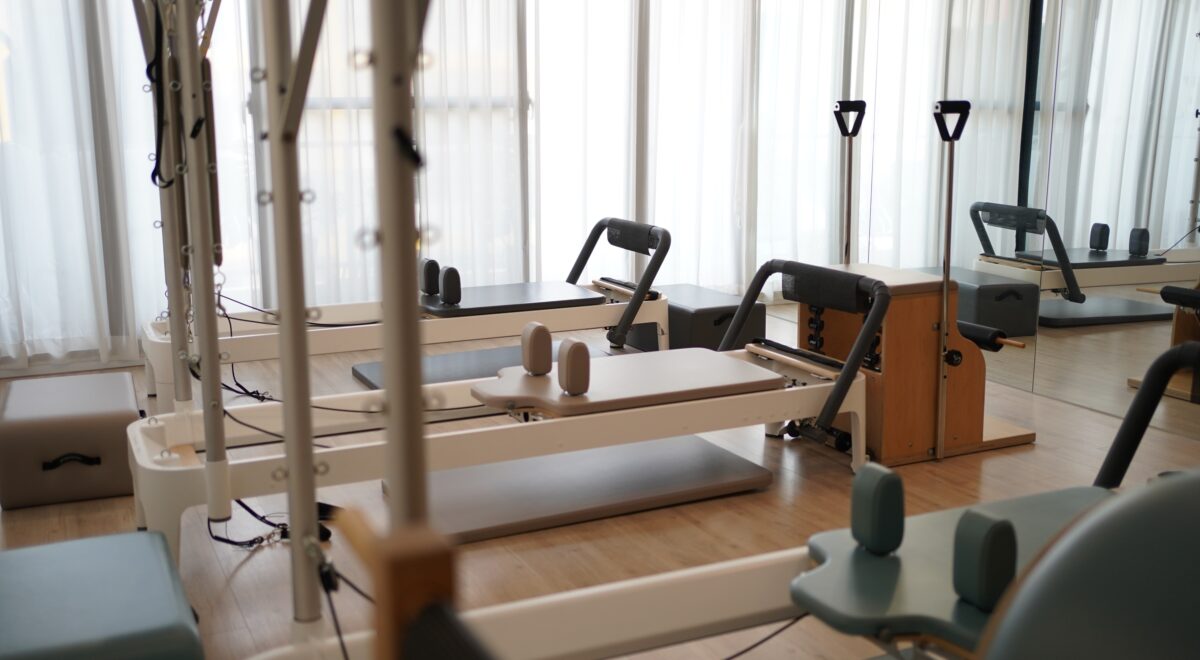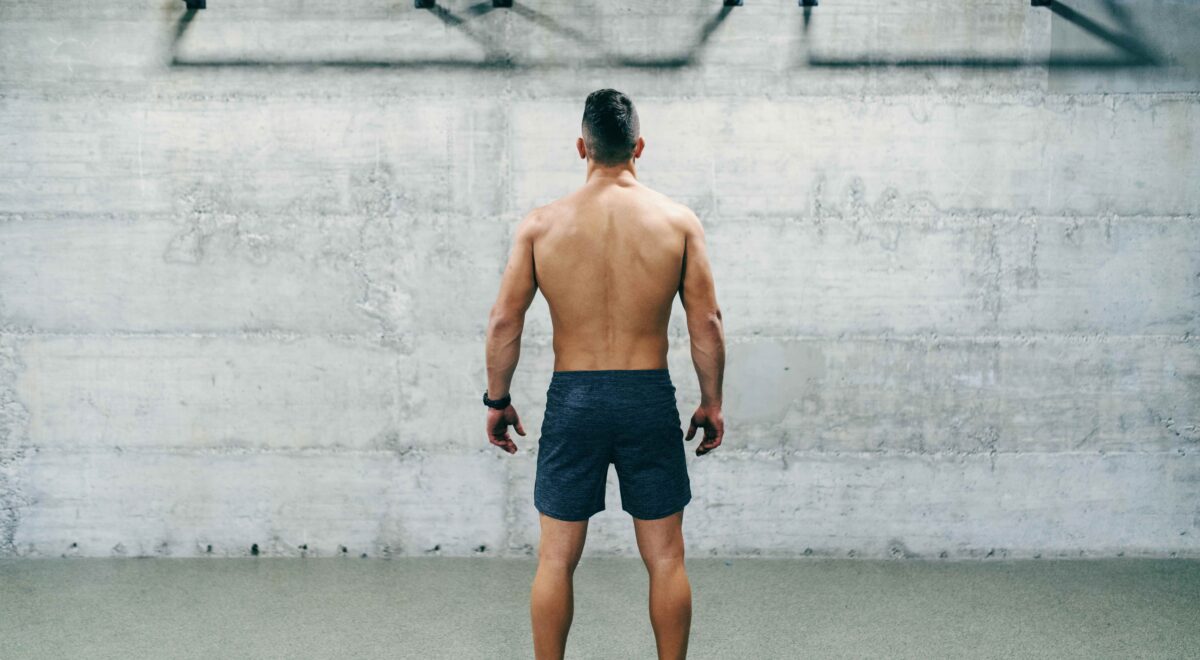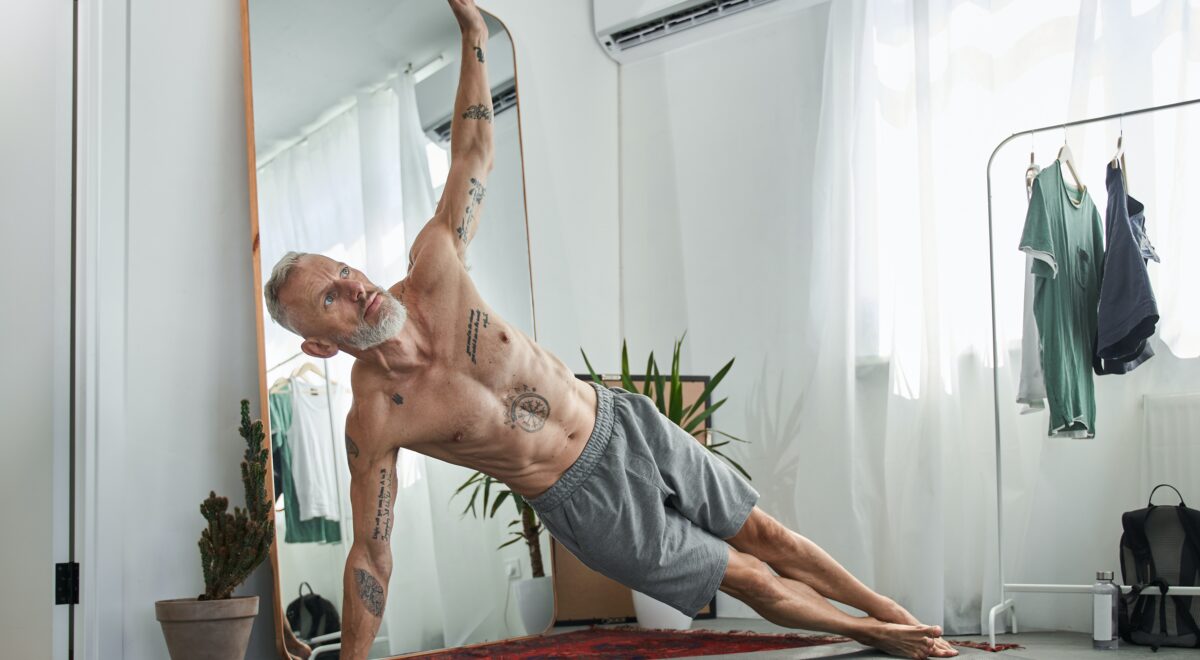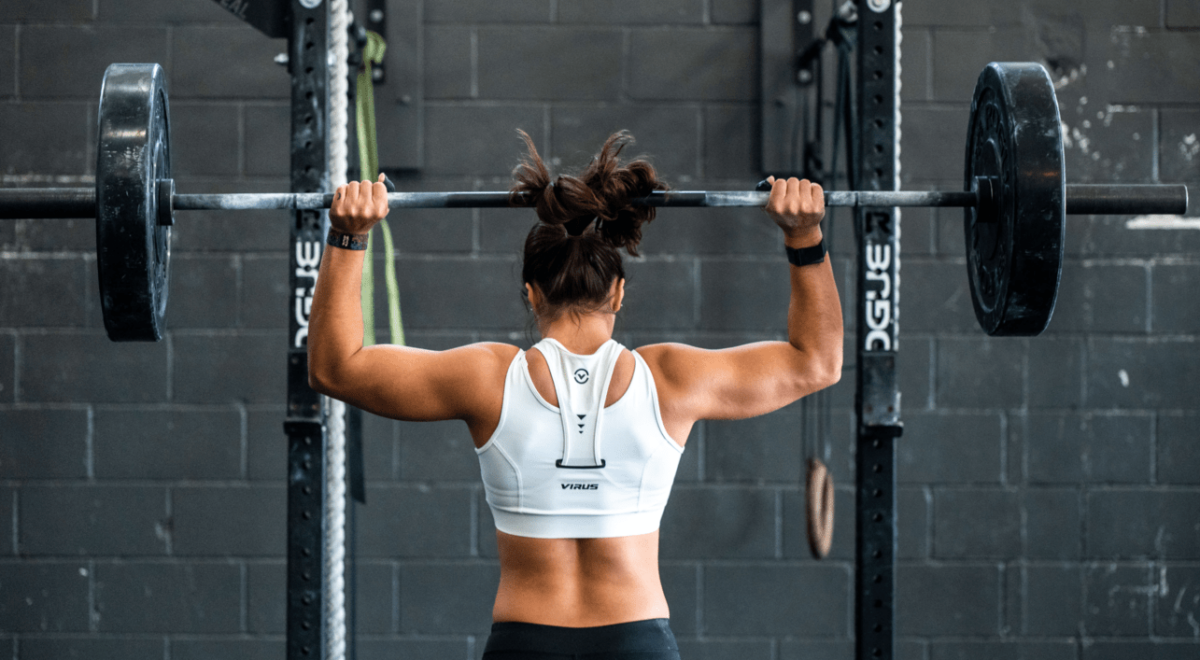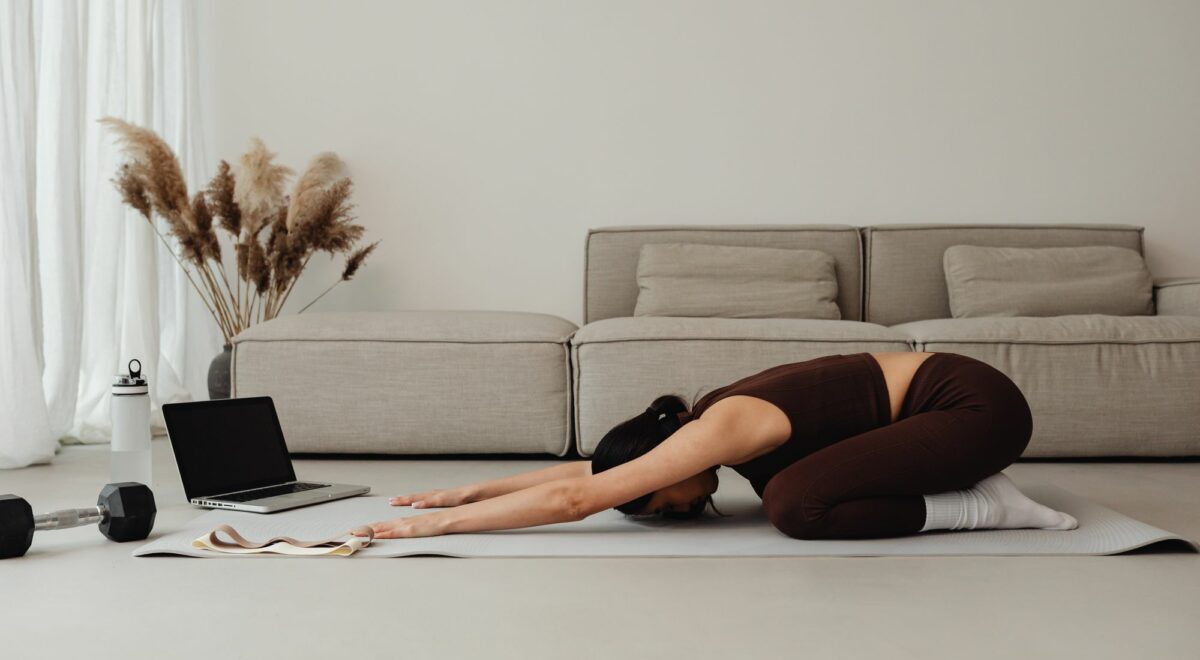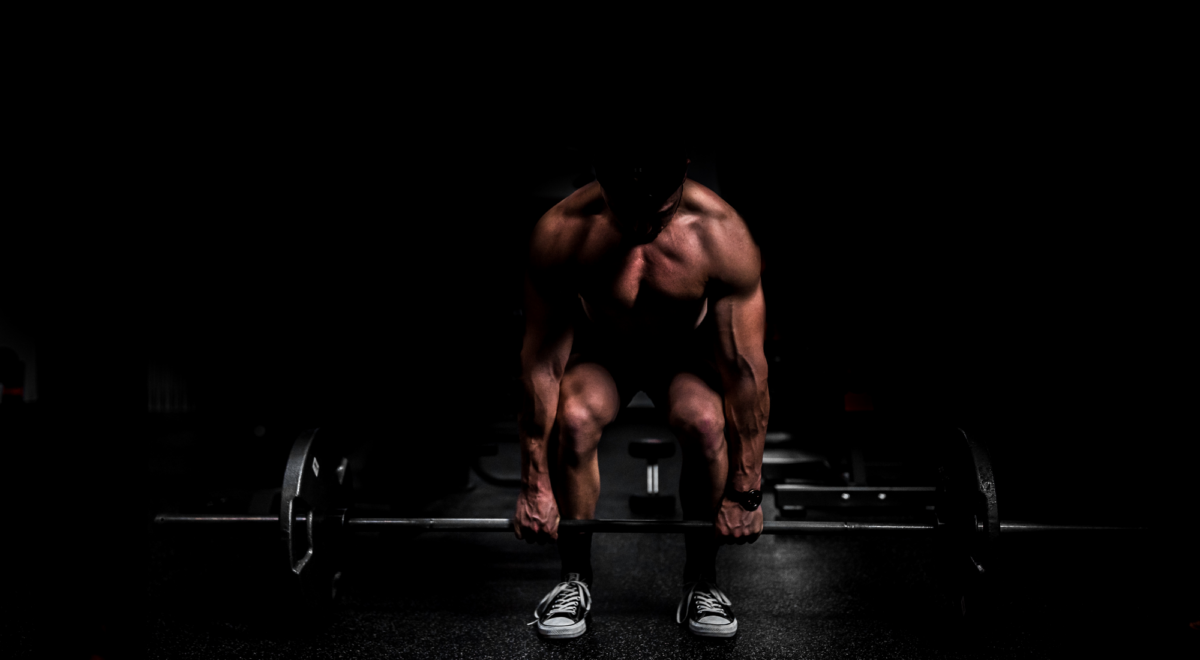Quick Full-Body Bodyweight Routine for Busy Individuals
If you’re struggling to fit a solid workout into your jam-packed schedule, you’re not alone. It’s natural to get caught up with work, life & the various things demanding our attention and miss out on the one thing that you shouldn’t be ignoring, your health. To solve for this, we designed a quick full-body bodyweight routine designed specifically for busy people like yourself. No equipment, no gym membership, and absolutely no fuss. Just you, a little bit of space, and about 20 minutes of your time.
The Magic of Home Workouts
First off, let’s talk about the convenience of home workouts. They are a game-changer, especially for those of us with schedules tighter than a jar lid that just won’t budge. Home workouts mean no travel time to and from the gym, no waiting for equipment, and the freedom to exercise whenever you find a spare moment. Plus, with bodyweight exercises, you’re using your own body to build strength, flexibility, and endurance—all from the comfort of your living room, backyard, or even your office.
Full-Body Bodyweight Routine: The Ultimate Time-Saver
A full-body bodyweight routine is the Swiss Army knife of fitness training. It’s efficient, effective, and can be tailored to all fitness levels, from beginner workouts to more advanced regimes. By engaging multiple muscle groups simultaneously, you’re not only saving time but also boosting your metabolism, enhancing your strength, and improving your overall physical fitness in a balanced way.
Sample Workout Plan
This routine combines strength training, cardiovascular health, and flexibility to create a comprehensive exercise program that fits into your busy life.
Warm-Up (3 minutes): Jumping jacks, arm circles, and leg swings to get your heart rate up and your muscles ready for action.
Workout Routine:
- Squats (3 sets of 15 reps): Target your quads, hamstrings, and glutes. Ensure your form is correct to maximize benefits and prevent injury.
- Push-Ups (3 sets of 10-15 reps): A classic bodyweight exercise that strengthens your chest, shoulders, and triceps.
- Plank (3 sets of 30 seconds to 1 minute): Fantastic for core conditioning, also engaging your shoulders and back.
- Lunges (3 sets of 12 reps per leg): Great for leg strength and stability, focusing on the quads, hamstrings, and glutes.
- Mountain Climbers (3 sets of 30 seconds): Boost your heart rate, engage your core, and build endurance.
- Tricep Dips (3 sets of 10-15 reps): If you have a sturdy chair or a low table, use it to work your triceps and shoulders.
Cool Down (3 minutes): Stretch & focus on areas you’ve worked out. Include hamstring stretches, quad stretches, arm stretches, and a few deep breaths to center yourself & kickstart recovery by tapping into your parasympathetic nervous system.
Fitness Tips for Busy Schedules
- Prioritize Consistency: Even 10 minutes is better than nothing. Aim to complete this routine at least three times a week.
- Set Realistic Goals: Small, achievable goals lead to consistent progress. Celebrate every victory, no matter how small.
- Stay Motivated: Mix things up to keep it interesting. Change your workout location, add new exercises, or challenge yourself with increased intensity.
Embrace the Efficiency of Bodyweight Exercises
The beauty of bodyweight exercises lies in their simplicity and versatility. Whether you’re a fitness training veteran or just starting with beginner workouts, there’s always room to grow, adapt, and challenge yourself. Remember, the goal of an exercise program isn’t just physical fitness; it’s about improving your quality of life.
By integrating this quick full-body bodyweight routine into your daily routine, you’re not only working towards a stronger, more resilient body but also ensuring that your health and exercise habits can withstand the busiest of schedules. So, here’s to making the most of your time without compromising on your fitness. Cheers to us, the busy folks, making it happen!


